Karlovac Homeland War Museum Nominated for European Museum of Year
ZAGREB, 7 February, 2021 - The Karlovac-Turanj Homeland War Museum has been nominated for the EMYA 2021 award of the European Museum Forum, as one of 27 European museums competing for the European Museum of the Year Award and for the Council of Europe Museum Prize and the Silletto Prize.
According to a press release by the Karlovac City Museum, which houses the Homeland War Museum, being nominated for the prestigious award of the European Museum Forum has become a traditional benchmark for the best innovative practices of the museum sector across the continent.
"Museums nominated for the awards from the European Museum Forum have gone through a rigorous evaluation process and for this reason this nomination is great international praise for the Karlovac-Turanj Homeland War Museum from the museum profession," the press release said.
The European Museum Forum has been promoting the role of museums in European contemporary society for about 45 years and supporting museums that establish, create and develop their institutions as civic spaces for exploring European heritage. The awards are presented at an annual conference, where museum professionals and candidates present their museums and reinterpret museum activities.
Looking to learn more about Karlovac? Read more in 25 Things to Know about the City on 4 Rivers.
Karlovac City of Trees: 10, 000 Trees Breathe Life Into City Centre
January 21, 2021 – By fiercely protecting their natural residents, Karlovac city of trees improves the quality of life for all – the trees keep the air clean, reduce the temperature and noise and serve as a habitat for city centre wildlife
The parks we find within cities can often be the very best parts. As a visitor, their memory can rival the grandest architecture you take in. London and Zagreb are two perfect examples. Who couldn't say that the stroll between Glavni kolodvor (main train station) and Ban Jelačić Square via Tomislavac and Zrinjevac isn't year-round one of the most gorgeous parts of the Croatian capital?
Though lying only 50 kilometres to the south-west of Zagreb, in the city of Karlovac they have taken a different approach. Instead of building parks within the city, they've built a city within parks, or so they like to say. And, walking down its tree-lined promenades, shaded by the riverside or through its immaculate rolling parkland, who could disagree? This is a city within a park. Also, it is Karlovac city of trees. One of Karlovac's famous city centre parks © 11raccoon1
One of Karlovac's famous city centre parks © 11raccoon1
Karlovac city of trees prizes its green assets more than most. They never cut down their trees unless its health poses a direct risk to property or person. Any new builds or city expansion must happen around the longstanding green residents. Local by-laws state that for any tree removed from within the city centre, another must be planted in its place.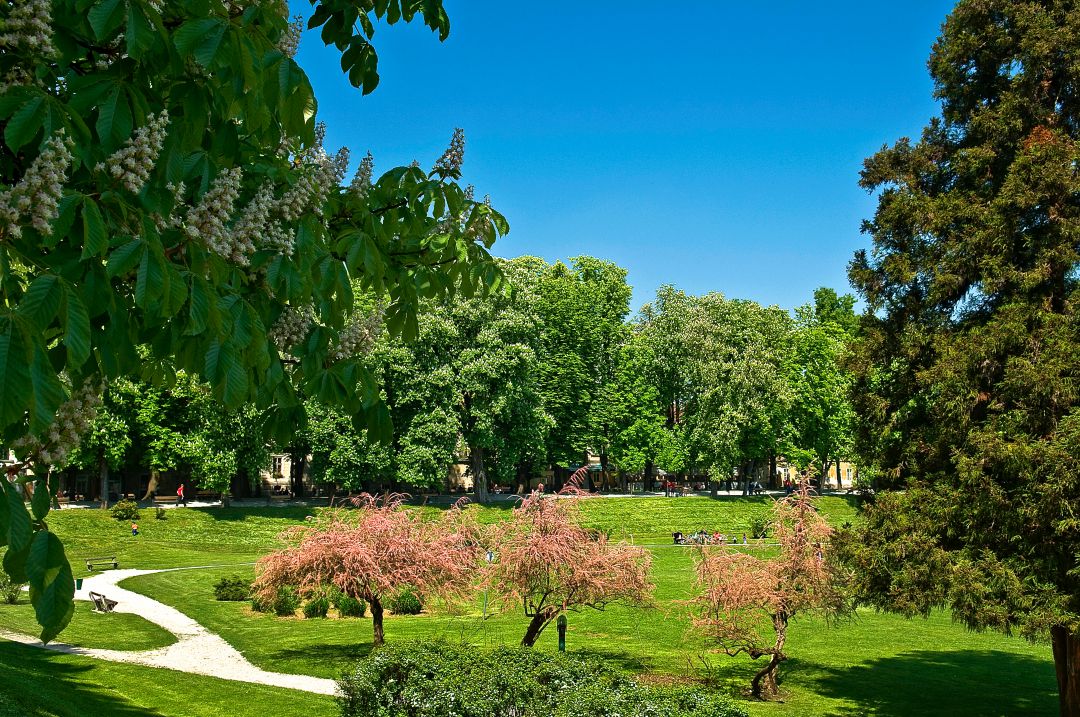 © Visit Karlovac
© Visit Karlovac
In addition to the public institution Natura Viva, which takes care of the parks in Karlovac city of trees, and the company Zelenilo, which takes care of public green areas, the Commission for the Protection and Arrangement of Green Areas of the City of Karlovac has been established. The city recognises that its green areas, in particular its trees, are not only there for their beauty – they positively affect air quality, reduce temperature and reduce noise in the city. They are also the habitat of the city's animal residents. The quality of life of residents in Karlovac city of trees is dependant on these natural assets.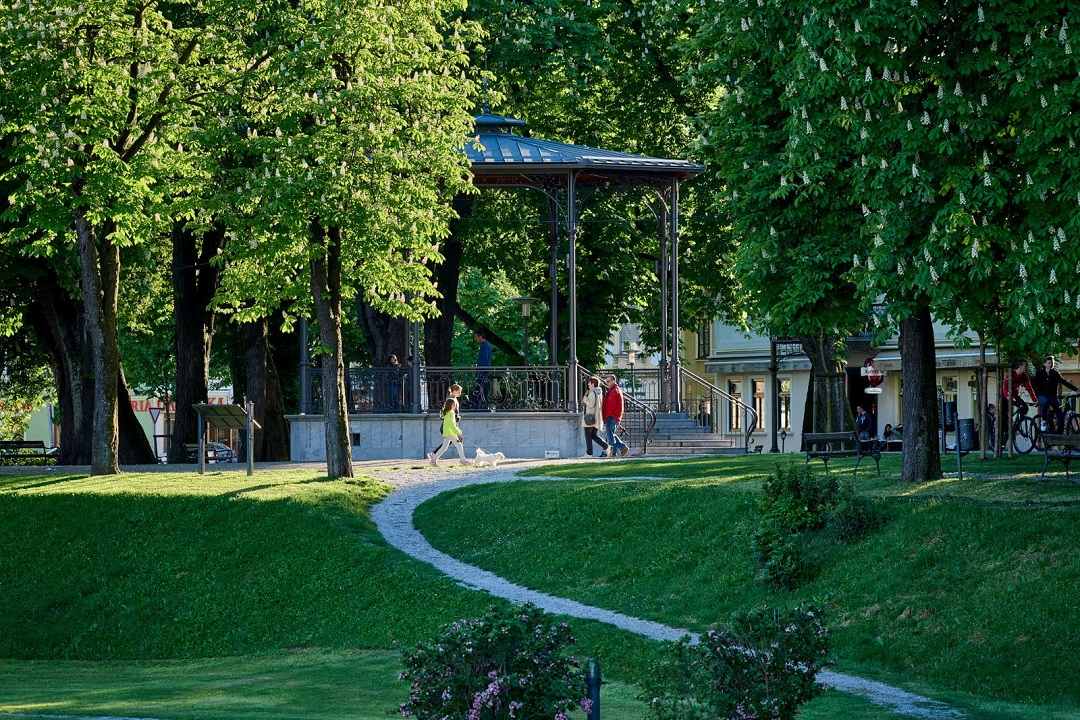 © Visit Karlovac
© Visit Karlovac
So seriously do they take the responsibility of looking after its trees, that Zelenilo maintains a map of the city which details every single tree that exists within the city centre. As noted in a news item from yesterday from the lokalni.hr portal, this map, or cadastre, has just been updated. Karlovac city of trees now proudly counts 10, 000 trees as valuable residents within its city centre.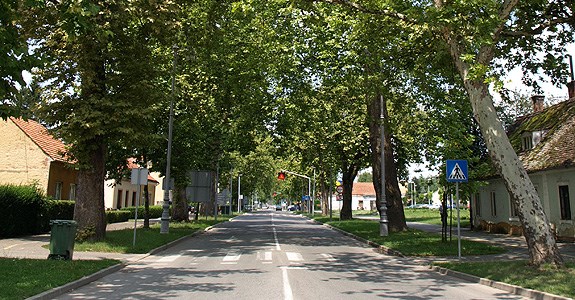 © Grad Karlovac
© Grad Karlovac
In order to reach this high figure, Zelenilo detailed that 144 new trees were planted in the city last year and another 147 trees in the Mekušje business zone. In 2019, 242 trees were planted, 95 in the year before, 119 in 2017, 210 in 2016, 162 in 2015, and as many as 200 in 2014.
PHOTOS: Epic Croatia Weather Photography Stuns The World
December 20, 2020 – The 13 winners of the incredibly popular World Meteorological Organization annual competition have just been announced, and two fine pieces of Croatia weather photography are among them. These spectacular images of Croatia weather photography show all 9 Croatian photographs which reached the final in 2020 and all 10 Croatian finalists who similarly stunned the global audience in 2019
Croatia weather photography: the two newly announced winners from the 2020 competition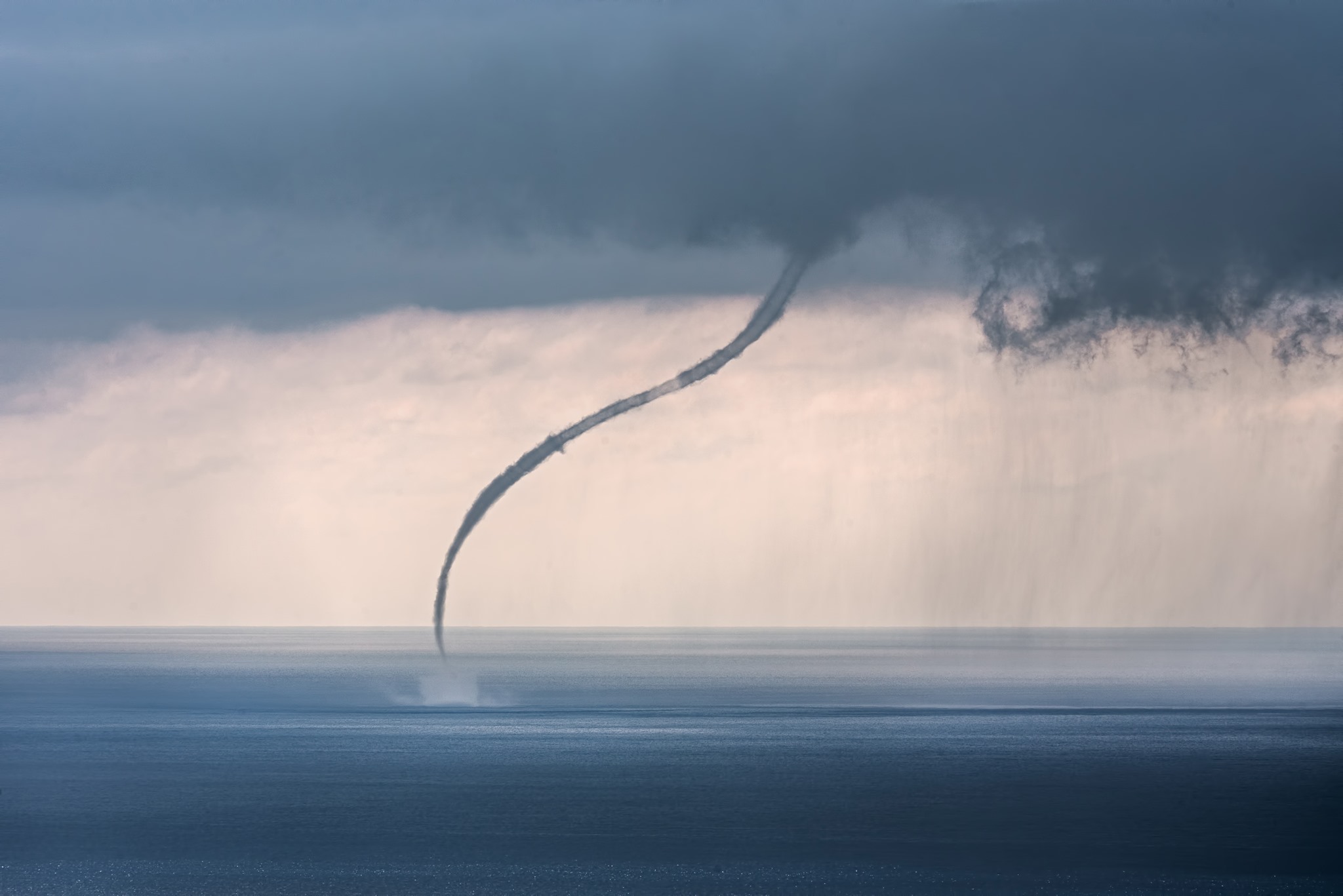 Photographer: Sandro Puncet Photo taken: Losinj island
Photographer: Sandro Puncet Photo taken: Losinj island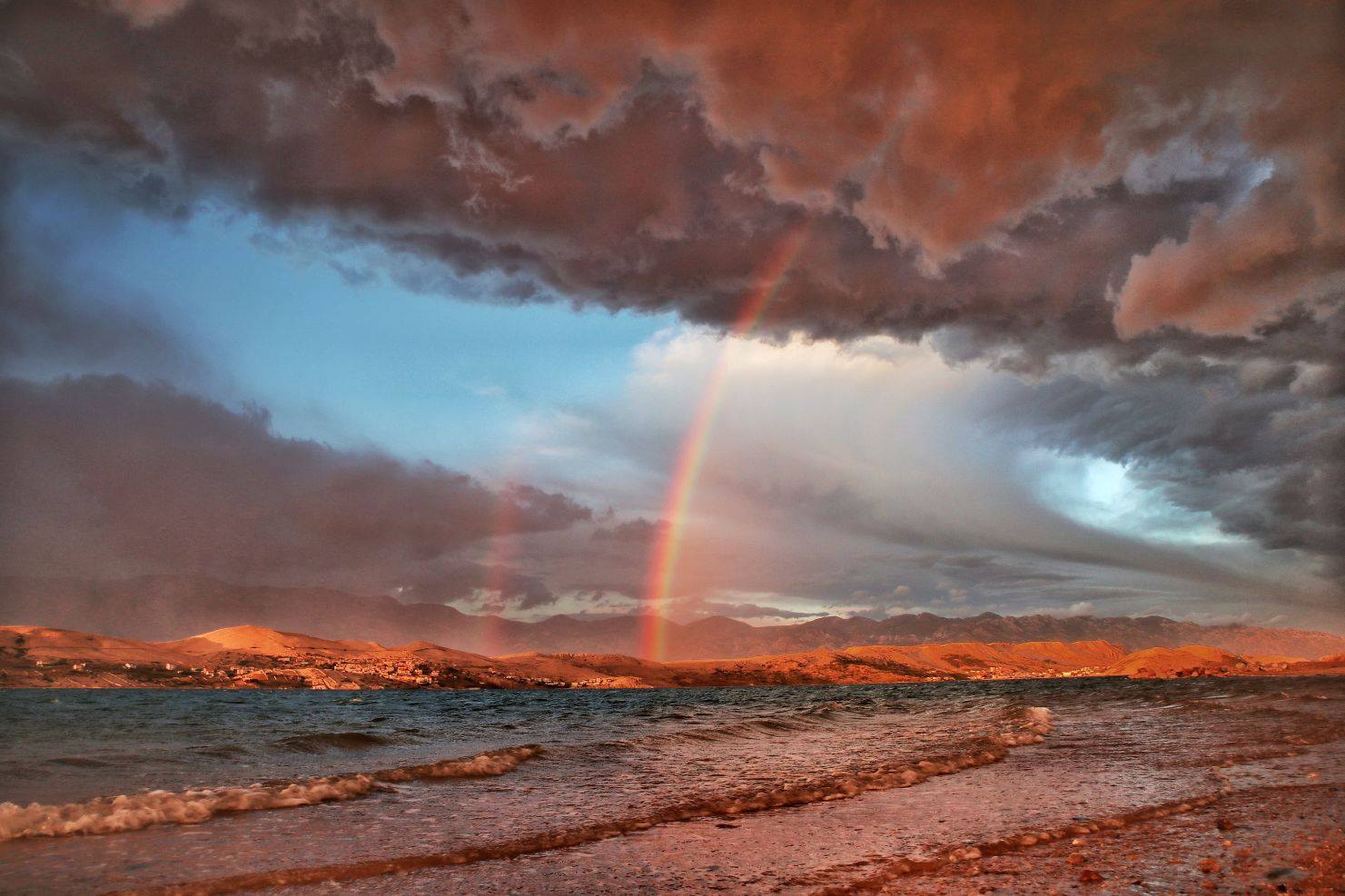 Photographer: Zrinka Balabanic Photo taken: Pag island
Photographer: Zrinka Balabanic Photo taken: Pag island
Thanks to its popularity as a tourist destination, lots of people are now used to seeing beautiful photos of Croatia. Although, the images they usually see are of idyllic beaches, cloudless skies, stunning nature and turquoise blue seas. But, as anyone who knows the country will tell you - and as these photos show - Croatia isn't always like that.
Croatia weather photography: the two newly announced runners-up from the 2020 competition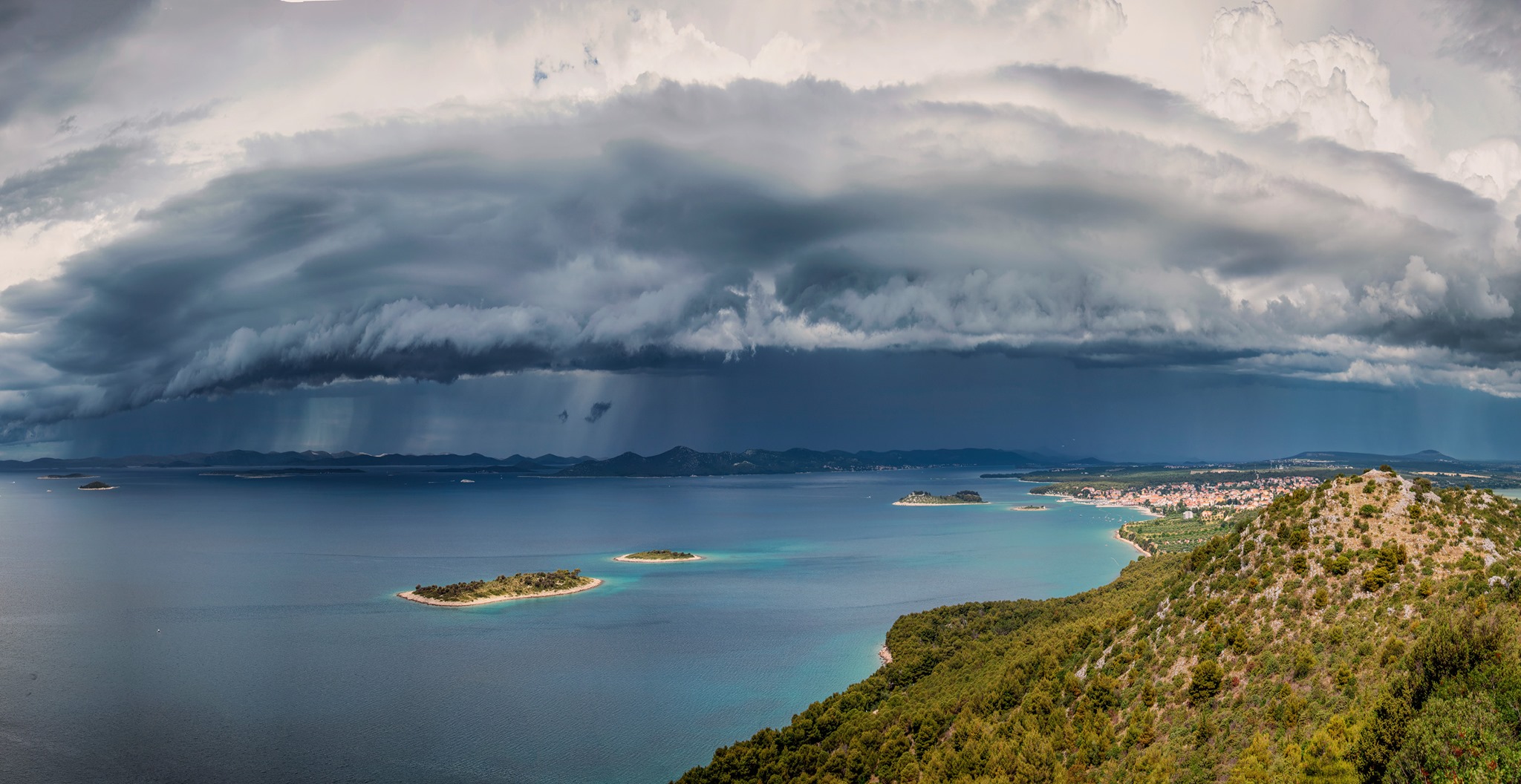 Photographer: Šime Barešić Photo taken: Drage, Pakostane
Photographer: Šime Barešić Photo taken: Drage, Pakostane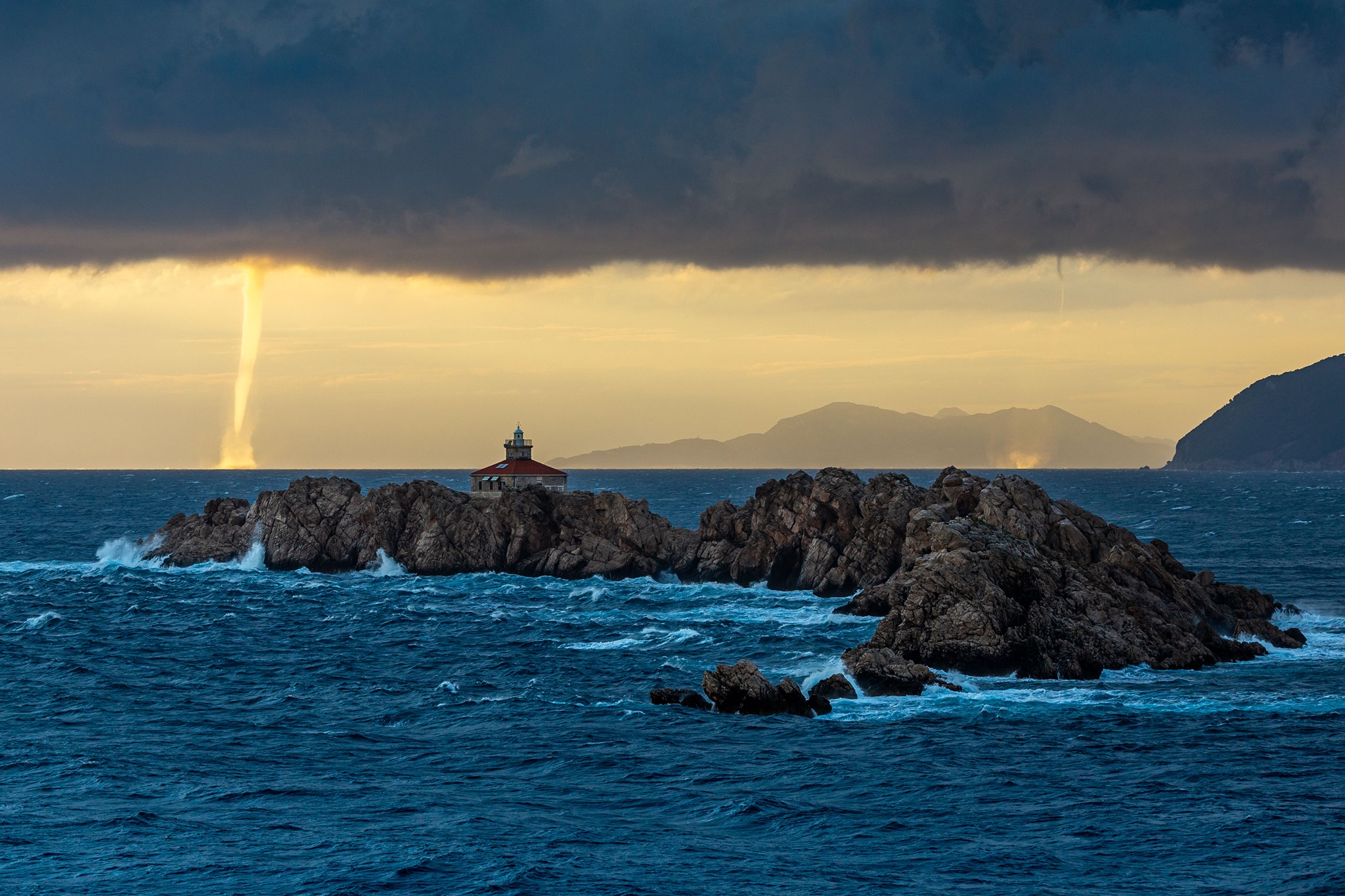 Photographer: Mislav Bilic Photo taken: Lapad Peninsula, Dubrovnik
Photographer: Mislav Bilic Photo taken: Lapad Peninsula, Dubrovnik
Out of season, Croatia can experience vastly different weather conditions to those advertised in travel brochures and blogs. And, whenever there's a spectacular weather occurrence, usually there's a photographer out there, braving the elements, trying to capture it.
Over recent years, some of the best Croatia weather photography has featured in the annual competition organised by the World Meteorological Organization. 2020 has been no different.
The other five Croatian finalists from the 2020 competition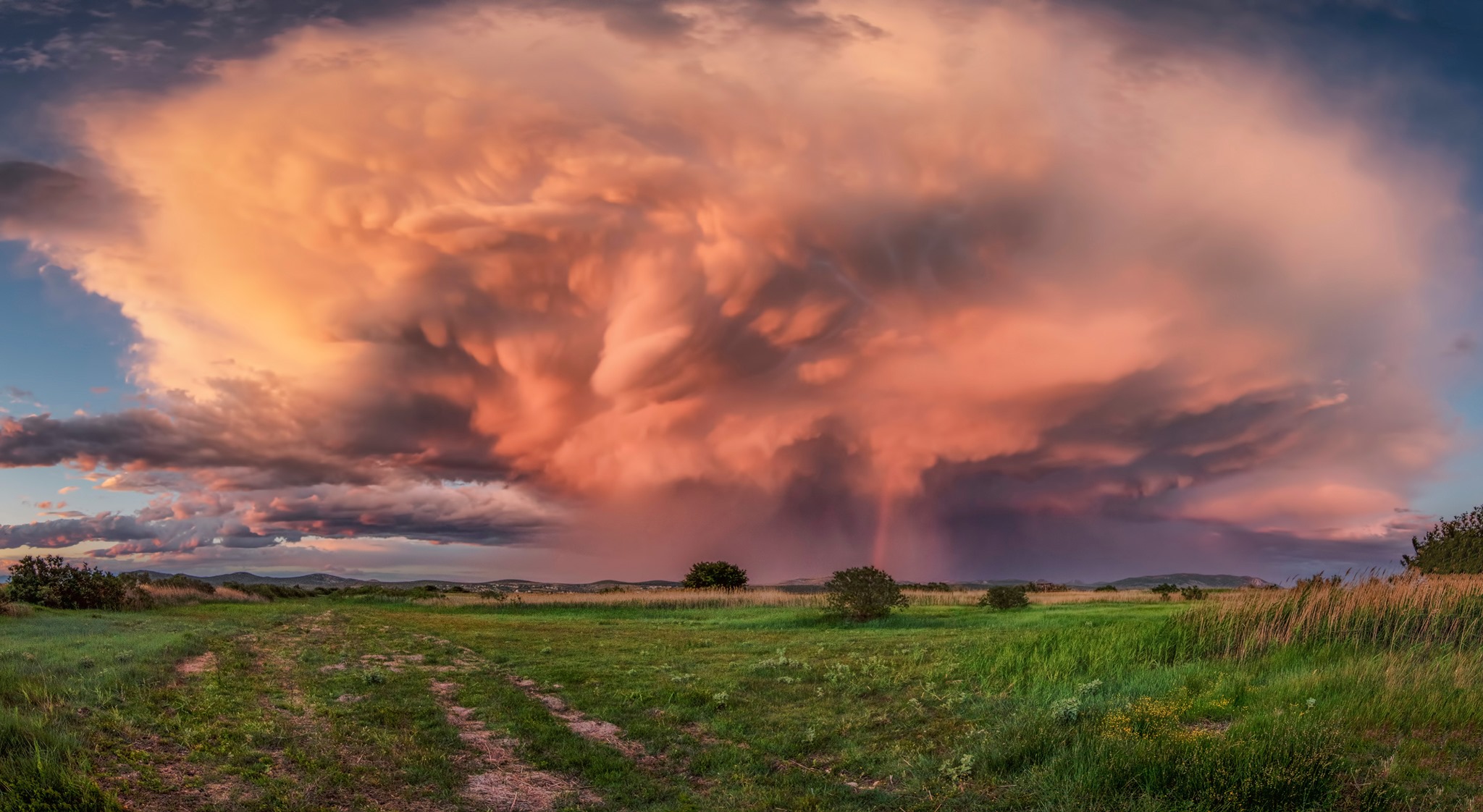 Photographer: Šime Barešić Photo taken: Drage, Pakostane
Photographer: Šime Barešić Photo taken: Drage, Pakostane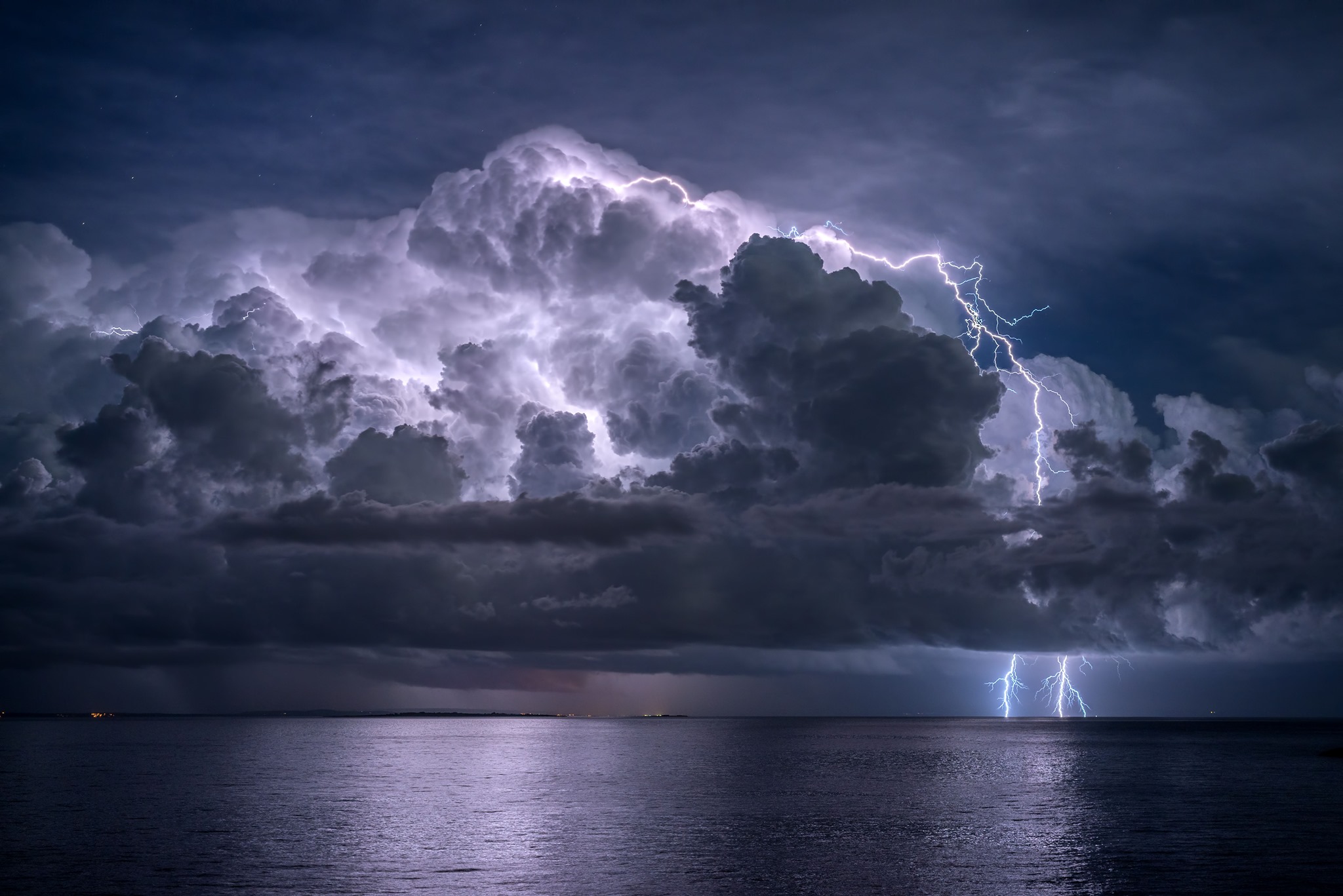 Photographer: Sandro Puncet Photo taken: Losinj island
Photographer: Sandro Puncet Photo taken: Losinj island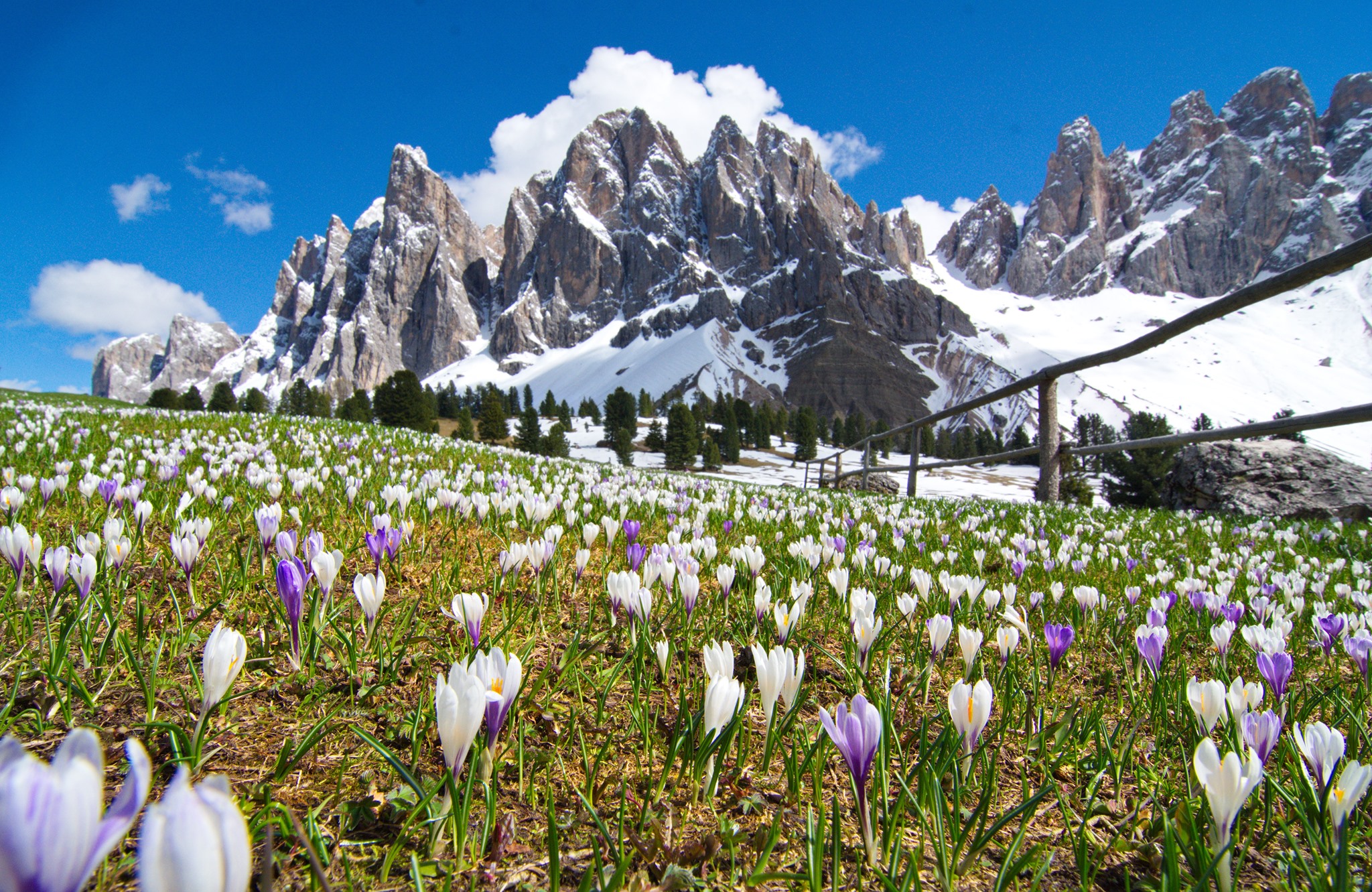 Photographer: Zoran Stanko Photo taken: Geisler Alm, Dolomites, Italy
Photographer: Zoran Stanko Photo taken: Geisler Alm, Dolomites, Italy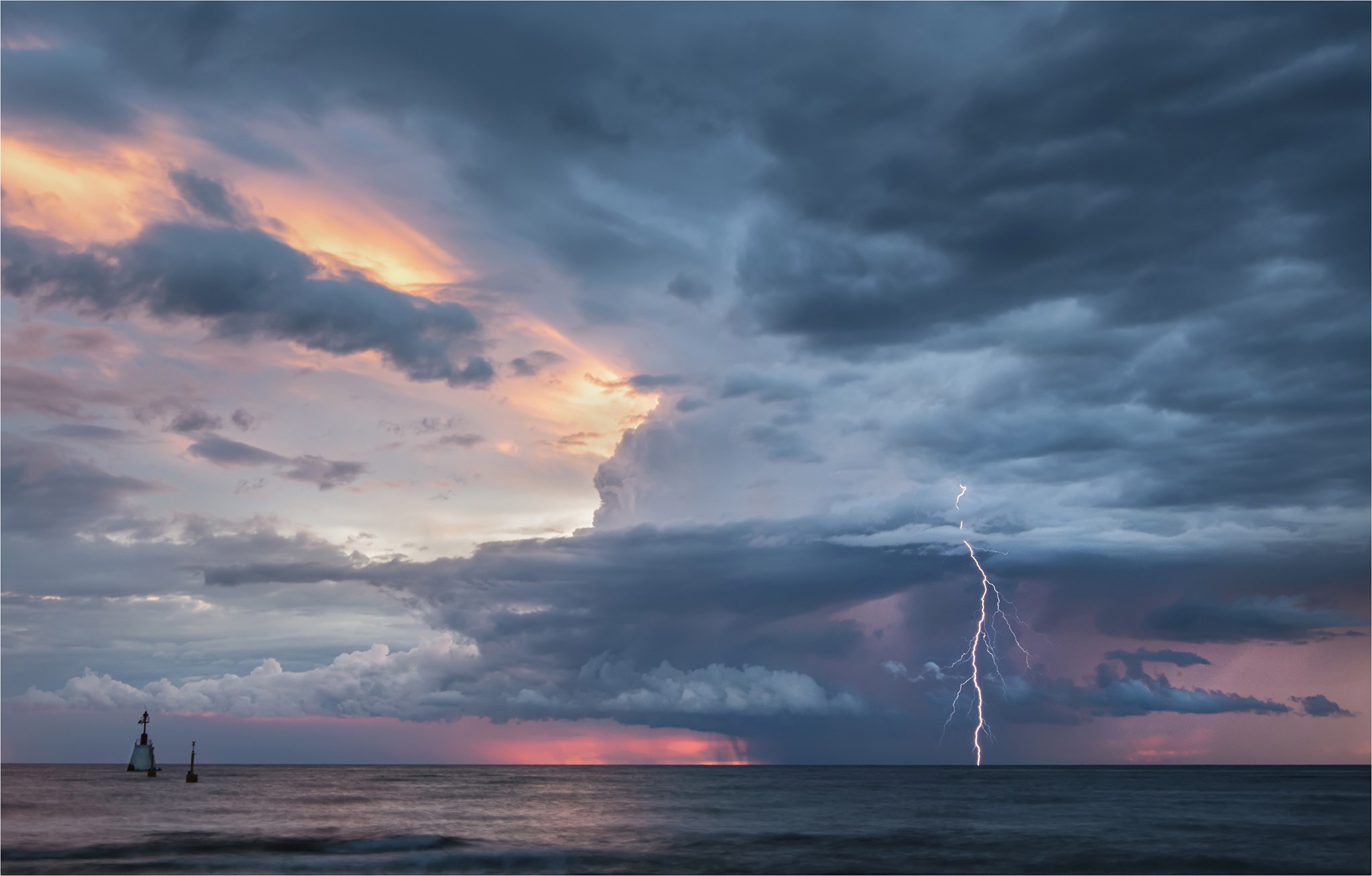 Photographer: Maja Kraljik Photo taken: Umag, Istria
Photographer: Maja Kraljik Photo taken: Umag, Istria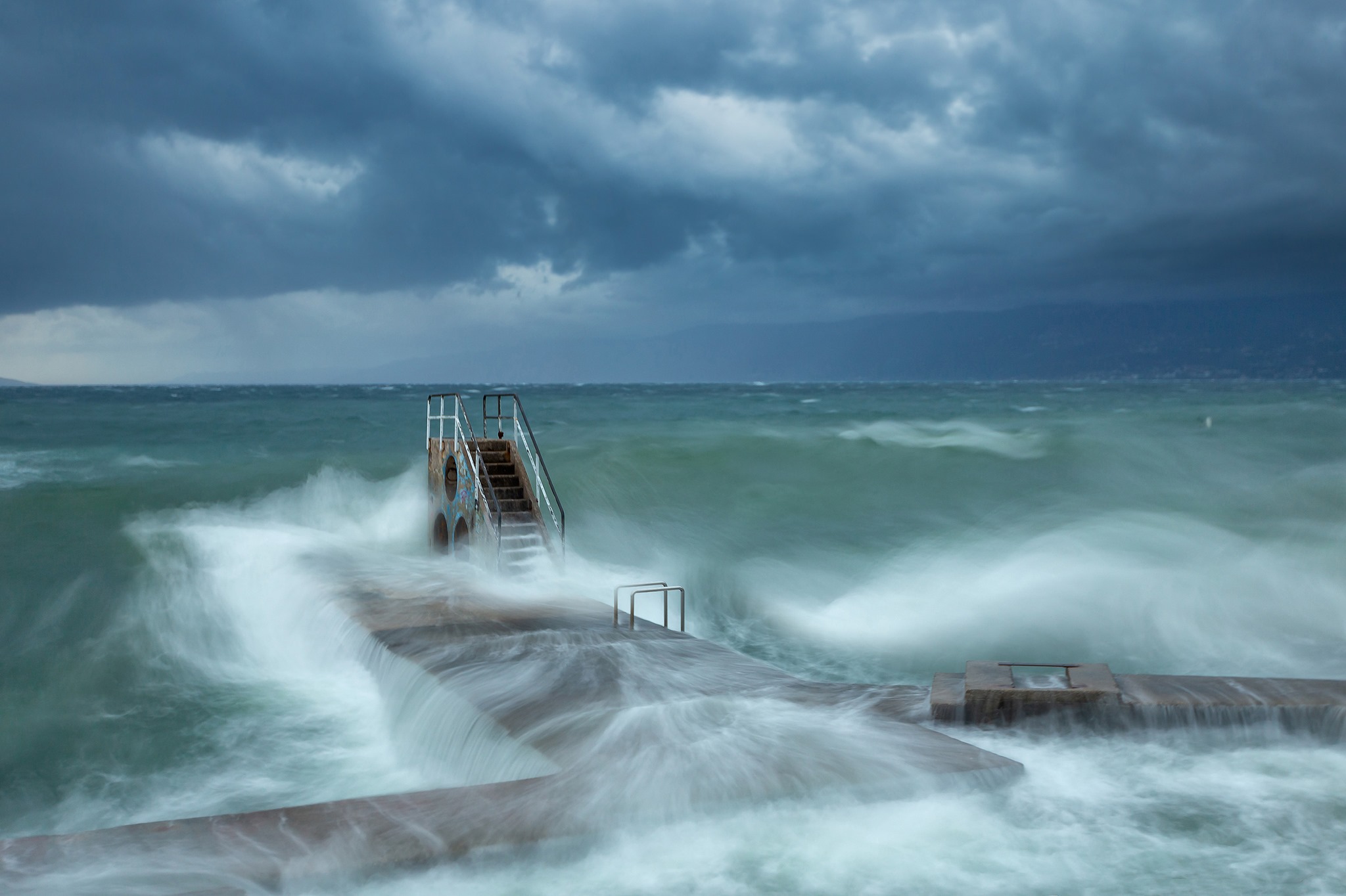 Photographer: Igor Popovic Photo taken: Rijeka
Photographer: Igor Popovic Photo taken: Rijeka
The winners of this year's competition have just been announced and the two fantastic examples of Croatia weather photography within the top 13 will take their place in the 2021 World Meteorological Organization calendar.
The 10 Croatian finalists from the 2019 competition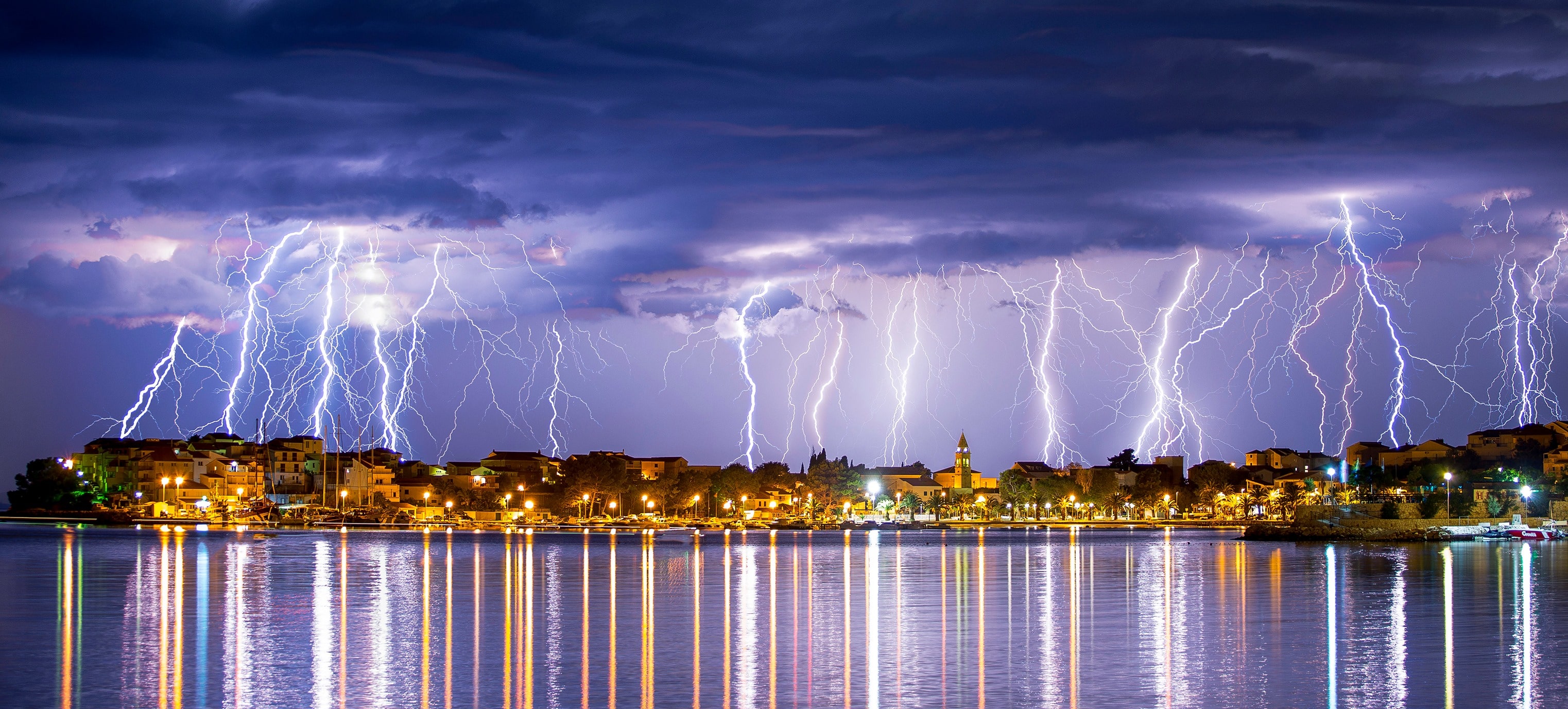 Photographer: Danica Sičič Photo taken: Srobreč, Dalmatia
Photographer: Danica Sičič Photo taken: Srobreč, Dalmatia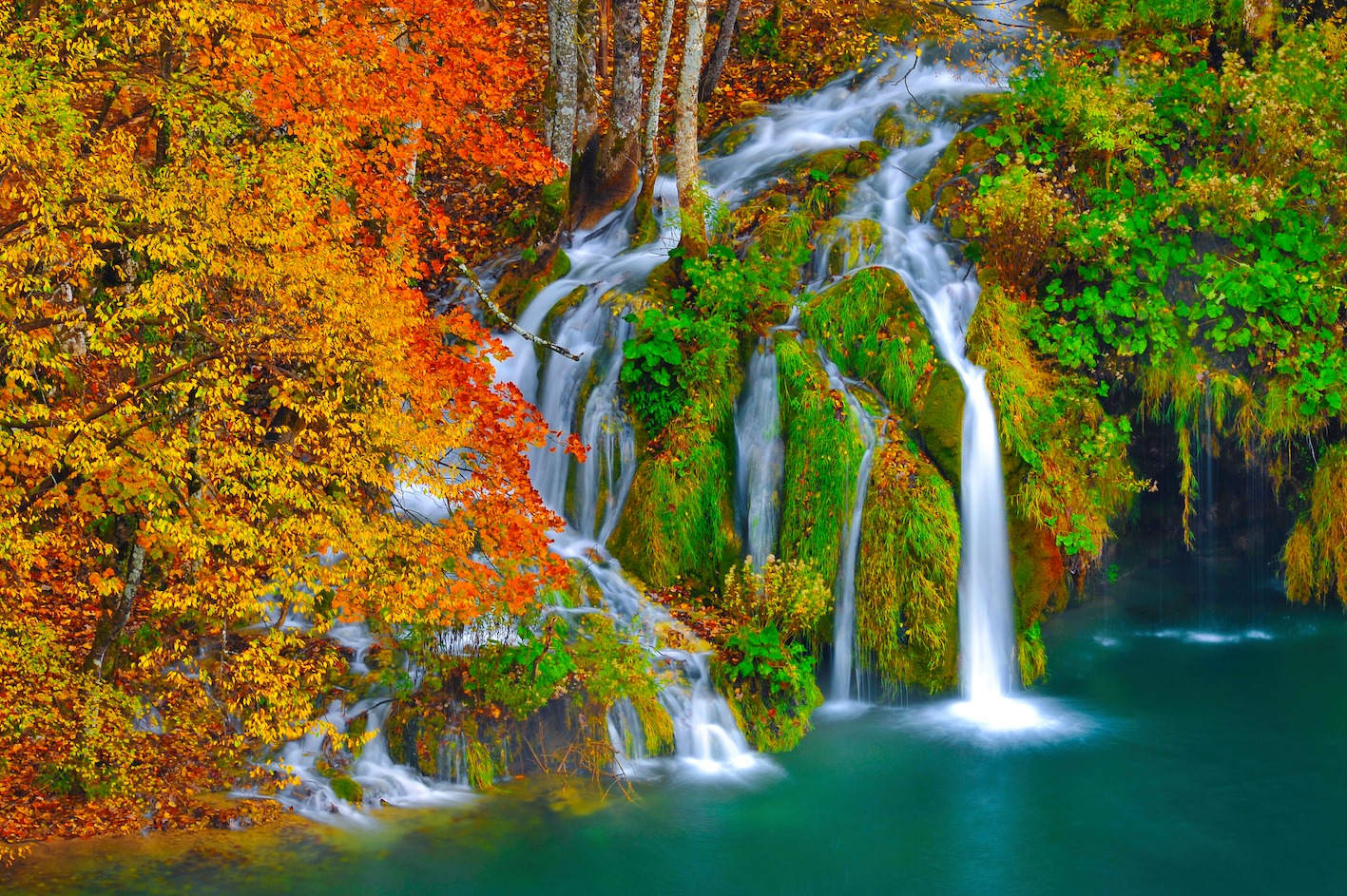 Photographer: Romeo Ibrišević Photo taken: Plitvice Lakes National Park
Photographer: Romeo Ibrišević Photo taken: Plitvice Lakes National Park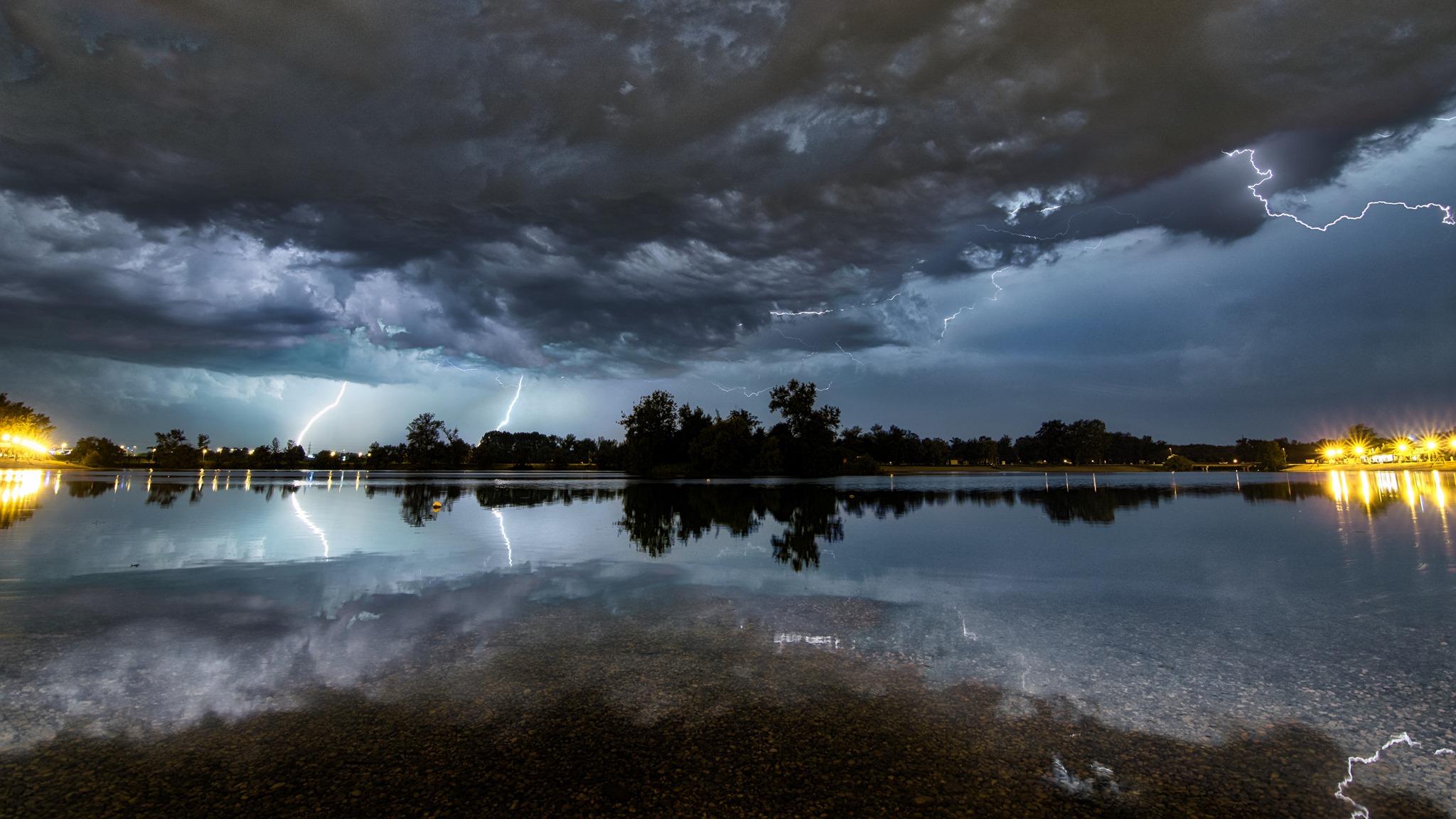 Photographer: Božan Štambuk Photo taken: Bundek park, Zagreb
Photographer: Božan Štambuk Photo taken: Bundek park, Zagreb Photographer: Miroslava Novak Photo taken: Pribislavec, Međimurje
Photographer: Miroslava Novak Photo taken: Pribislavec, Međimurje
As well as the two winners, two further examples of Croatia weather photography came in the runner-up category, of which there were 12 in total.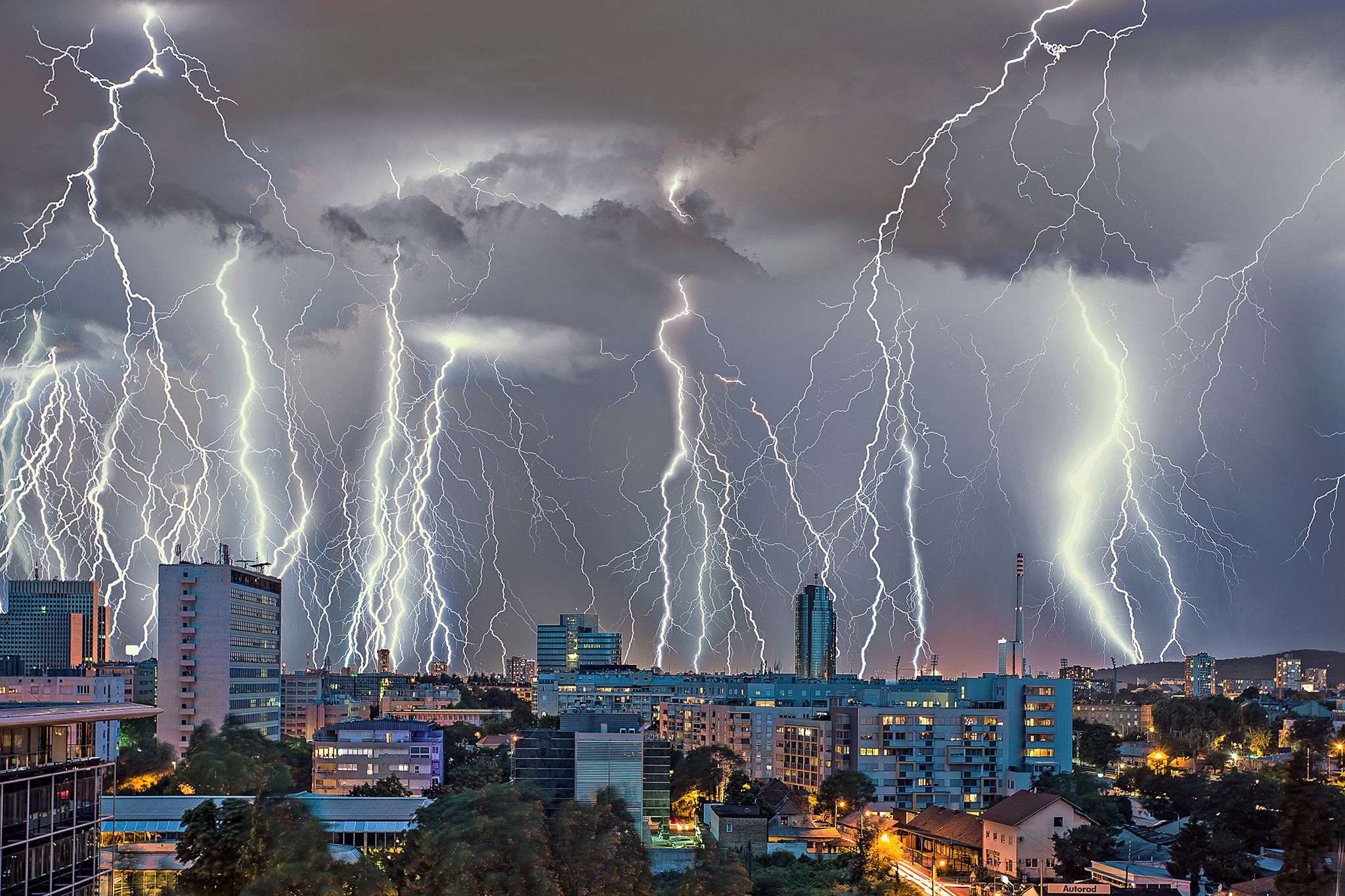 Photographer: Francesca Delbianco Photo taken: Zagreb
Photographer: Francesca Delbianco Photo taken: Zagreb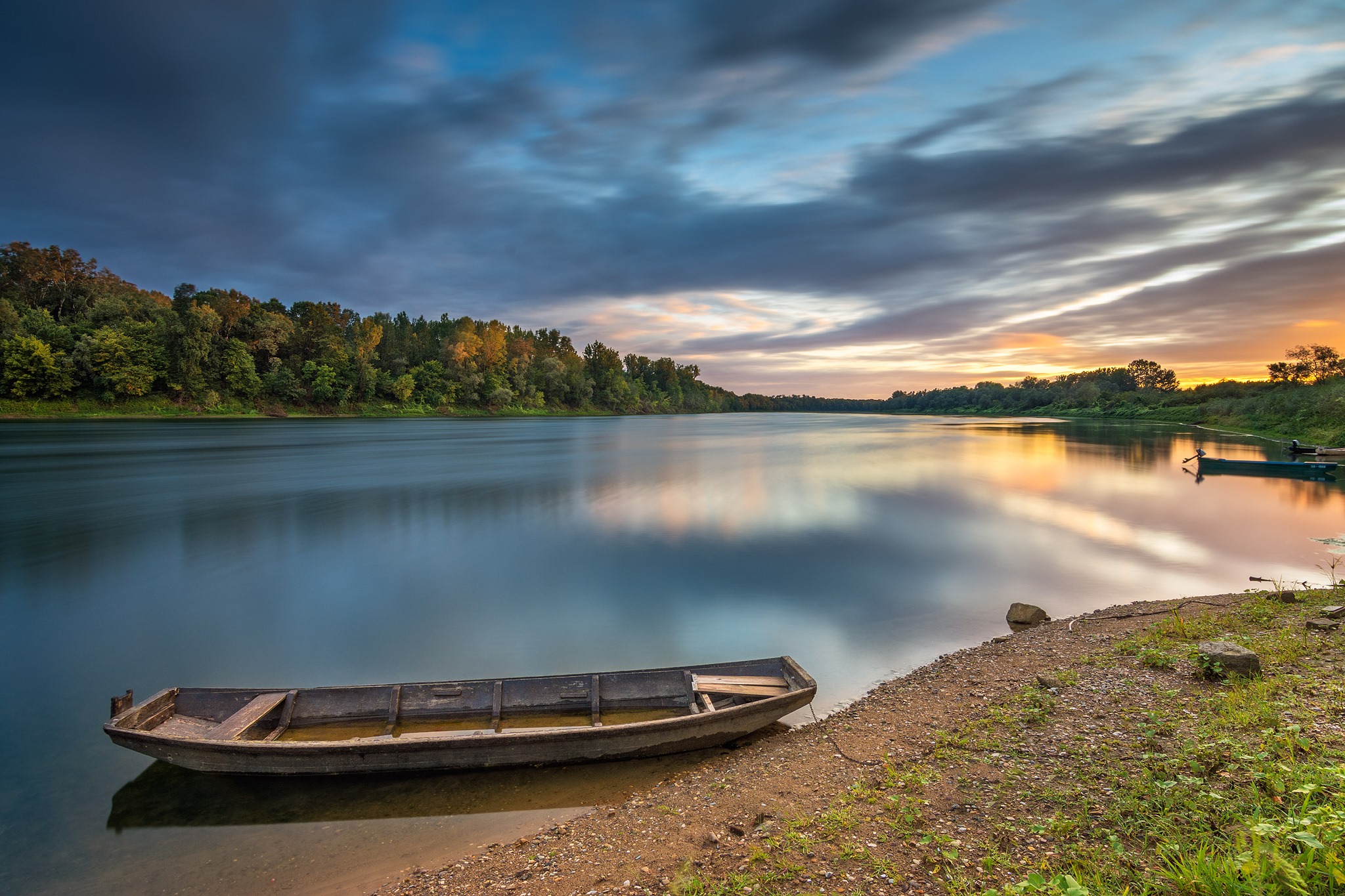 Photographer: Ivica Brlić Photo taken: Sava river, Davor, near Slavonski Brod
Photographer: Ivica Brlić Photo taken: Sava river, Davor, near Slavonski Brod Photographer: Nataša Šafar Photo taken: Rečica, near Karlovac
Photographer: Nataša Šafar Photo taken: Rečica, near Karlovac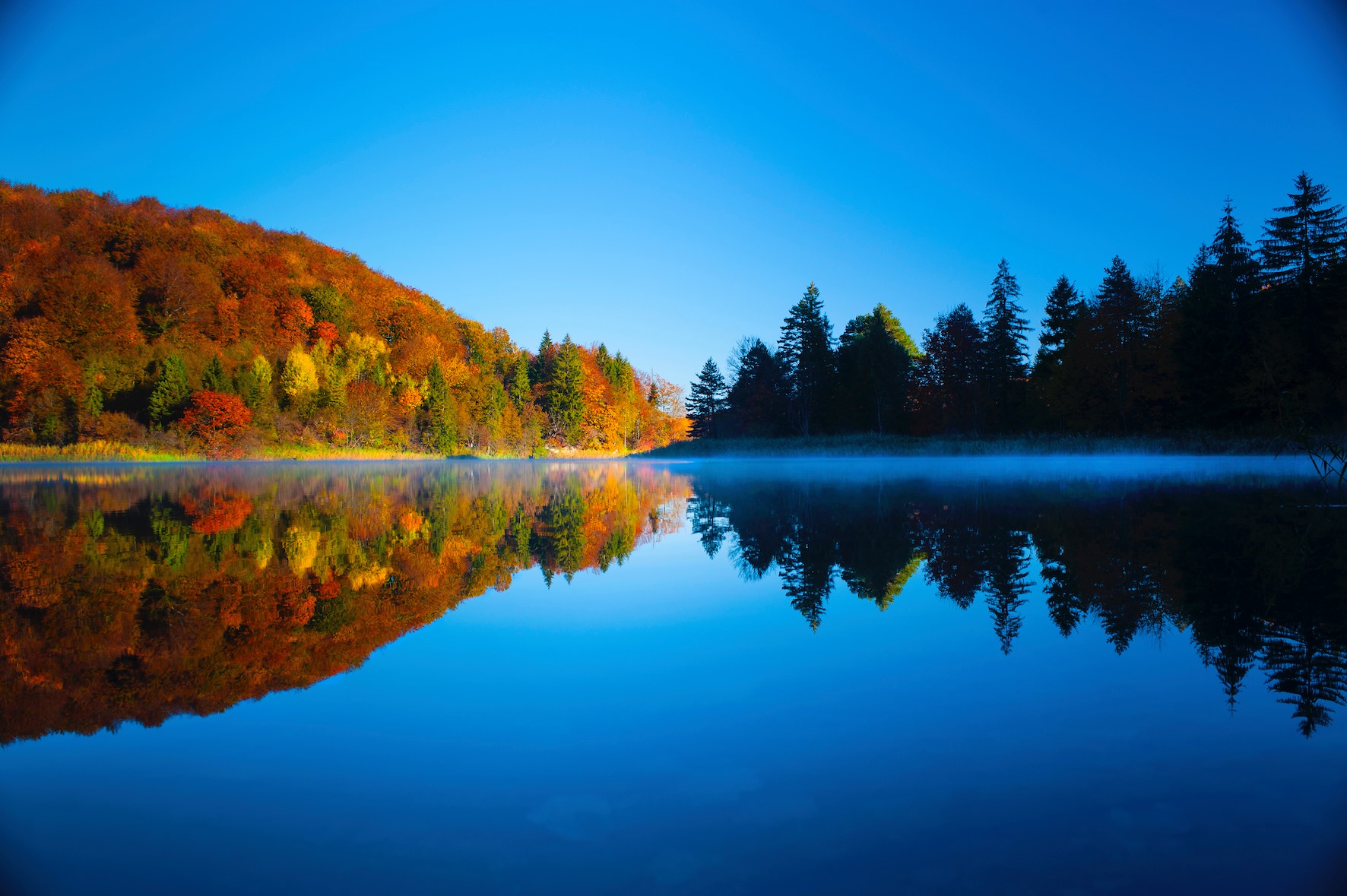 Photographer: Romeo Ibrišević Photo taken: Plitvice Lakes National Park
Photographer: Romeo Ibrišević Photo taken: Plitvice Lakes National Park
Over 1000 photographs from all over the world were entered in the 2020 competition. The submissions were narrowed down to a final selection of 70 contenders. As TCN reported back at the start of October, no less than 9 examples of Croatia weather photography made it into the final 70, taken by 7 Croatian photographers.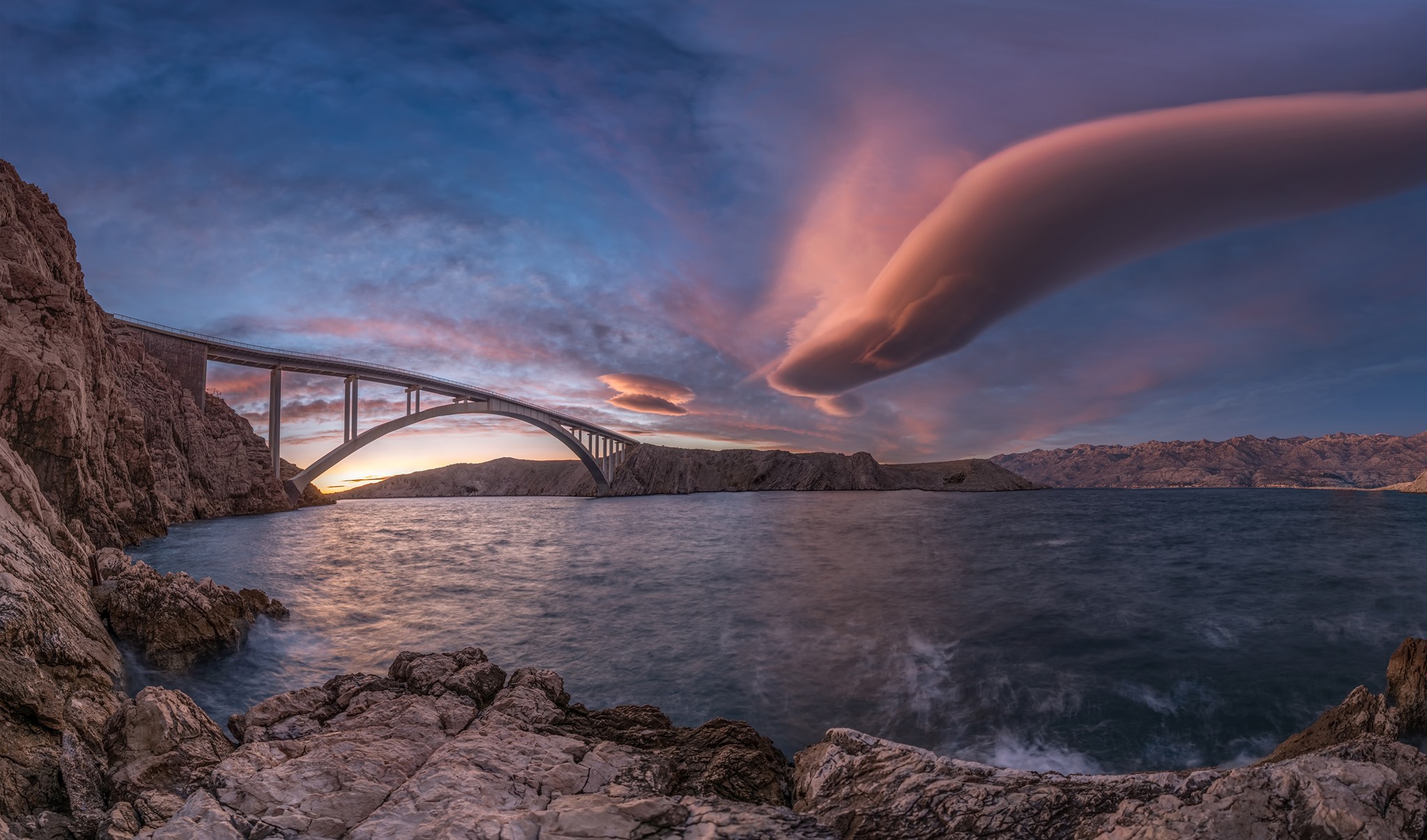 Photographer: Danijel Palčić Photo taken: Pag island
Photographer: Danijel Palčić Photo taken: Pag island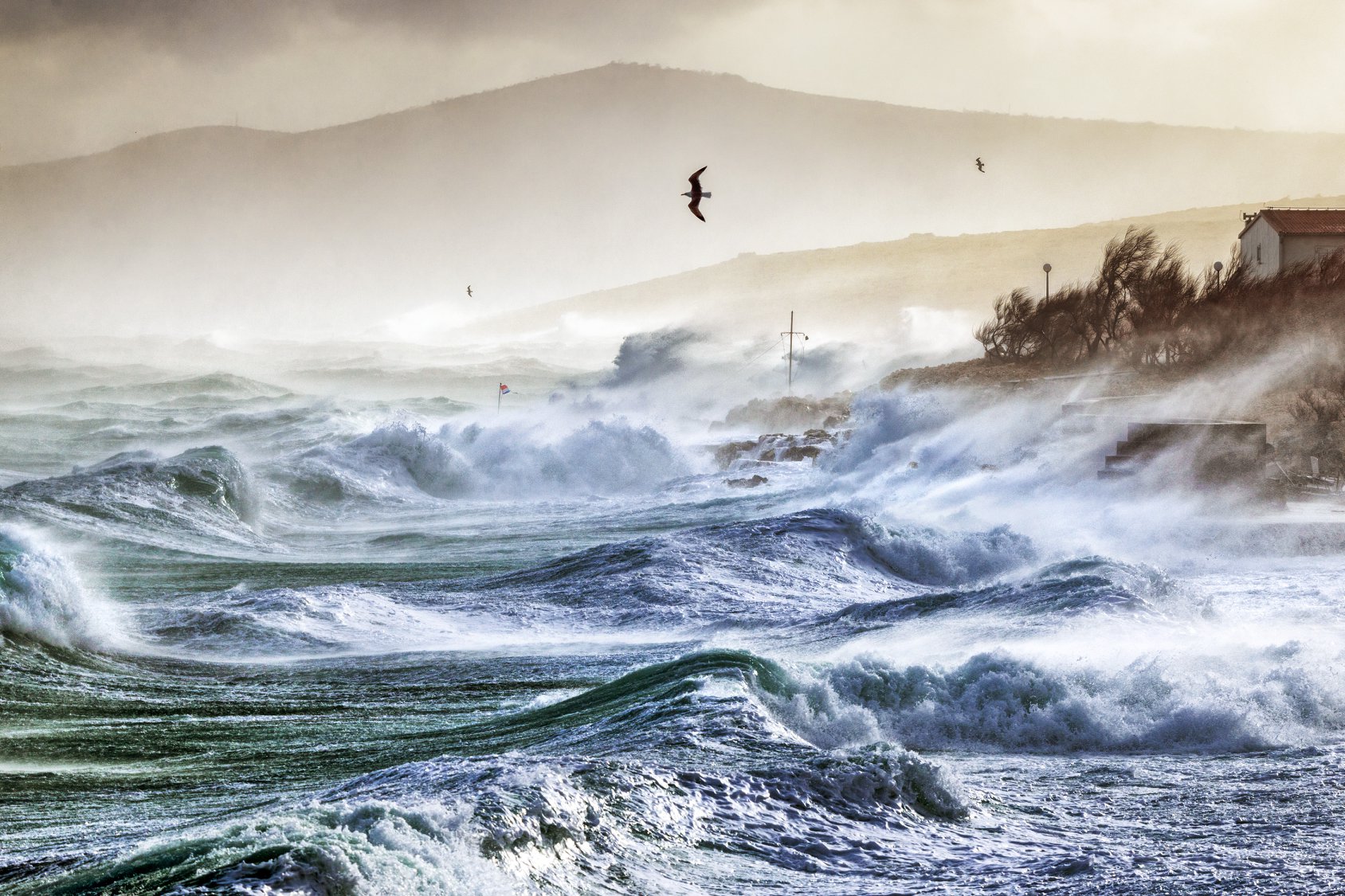 Photographer: Aleksandar Gospic Photo taken: Ražanac
Photographer: Aleksandar Gospic Photo taken: Ražanac
Croatia regularly punches well above its weight in the annual competition, as we can see from these 10 examples of incredible Croatia weather photography that were among the finalists in 2019.
All images courtesy World Meteorological Organisation
Virtual Assistant Korana: Link Between Administration and Citizens of Karlovac
December 10, 2020 – In order to make communication between the city administration and the citizens as simple as possible, the City of Karlovac created a virtual assistant Korana in cooperation with the company bonsai.tech.
With the virtual assistant Korana, symbolically named after one of the four rivers flowing through the city, Karlovac is the first city in Croatia to use a chatbot to inform citizens about a city, county, or municipality.
As Lokalni.hr reports, instructed by positive experiences from the private sector and motivated by the risks of the pandemic and new business circumstances, the City of Karlovac very quickly decided to adopt artificial intelligence technology to use its potential.
Thus, in cooperation with the company bonsai.tech, which recognized the needs of local governments and new business challenges, Korana, a virtual assistant of the City of Karlovac and its residents, was created to make communication between the city administration and citizens easier, faster, and safer.
Offers an answer to the query
A smart city chatbot, i.e., a virtual assistant, is a tool that interactively informs the general public and thus greatly facilitates the work. The advantage of Korana is that at any time, without the need for support experts, it offers an answer to a query.
The City of Karlovac wants to make its services available to citizens at any time, informing them when they need it, without waiting for information by phone or e-mail. Users will thus be able to find out about the topic they are interested in through the Korana virtual assistant before contacting the city administration.

Photo: Screenshot Karlovac.hr
Korana will help the Karlovac citizens find the necessary information related to the city administration and current events, such as details of the winter service's work, events in the city. At the same time, the city administration will facilitate contact and be a reliable support to its citizens by regularly updating the content and insight into the work of the chatbot.
Korana offers a menu with several groups of information; contacts, utilities, construction and housing, financial support, business and investment, tenders, and public calls and forms. Also, Korana has a database of questions and answers regularly updated following the analysis of questions asked by users.

Photo: Screenshot Karlovac.hr
It is currently available on Karlovac's website, and it will soon be available to citizens within the Karlovac City Viber community and on the official Facebook pages of Karlovac.
Despite all the advantages of a virtual assistant, no matter how much one tries to assume what the citizens will be interested in and what their experience will be like, it is impossible to predict everything. Therefore, the City of Karlovac and the company bonsai.tech try to assume in advance a whole series of possible individual conversation series and dialogues to improve the citizens' experience in using a virtual assistant.
An example to other Croatian cities
"Two years ago, we adopted the Smart City Strategy in the City of Karlovac, and the introduction of a virtual assistant is part of the idea of making the work of the city administration as accessible as possible to the citizens. With the virtual assistant Korana, accurate information can be obtained faster and from any digital platform, at any time of the day. The idea is to develop this principle of work overtime through the entire city system," said Damir Mandić, Karlovac Mayor, at the presentation of the virtual assistant.
Virtual assistant Korana is a challenging pilot project and represents a new step forward that will indeed be followed by other cities in Croatia.
To read more about lifestyle in Croatia, follow TCN's dedicated page.
Croatia Pan Europe Trains Will Run 160 Kilometres Per Hour By 2030
November 2, 2020 – From southern Spain to Budapest through Rijeka and Zagreb and from Salzburg through Zagreb, Belgrade and Skopje to Greece, Croatia pan Europe trains will run 160 kilometres per hour by 2030
In the biggest investment ever made in the infrastructure of the country's rail network, Croatia pan Europe trains will run 160 kilometres Per Hour By 2030. In an investment costing 4.5 billion Euros, 750 kilometres of railways will be modernised.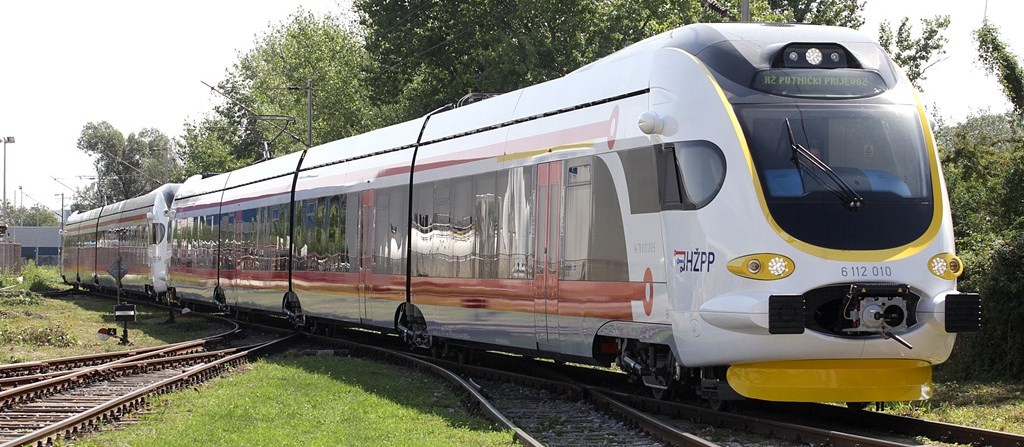 © HZPP
© HZPP
The lines that will receive the upgrade will connect Rijeka to Budapest in Hungary via Zagreb (RH2) and Zagreb to Belgrade via Vinkovci (RH1). Though these lines already exist, they have never undergone an overhaul of the scale proposed. The modernisation with ensure double lanes across the whole of both routes and facilitate passenger train speeds of 160 kilometres per hour.
The level of investment means that during the next ten years, HŽ Infrastruktura's (Croatian Railway Infrastructure Company) rebuild of the Croatia pan Europe trains network will be the largest infrastructure project in the Republic of Croatia and the largest beneficiary of EU grants in the transport sector. Most of the money for the modernisation is coming from European Union grants. Almeria on the Mediterranean, in Andalusia, southern Spain, where the Mediterranean Corridor begins © ddz photo
Almeria on the Mediterranean, in Andalusia, southern Spain, where the Mediterranean Corridor begins © ddz photo
The RH2 line is part of the Mediterranean Corridor which connects the south of the Iberian peninsula with eastern Hungary via six countries. The line runs from Almeria on the Mediterranean coast in the south-east of Spain, through Madrid and Barcelona. It passes through Marseille in France, then northern Italy, Slovenia, Croatia, the Hungarian capital of Budapest, before finishing in Záhony in the east of Hungary, not far from the border with Ukraine. The route covers more than 6000 kilometres. The Croatian section will pass through Jurdani (six kilometres north of Opatija), Rijeka, Karlovac, Zagreb, Dugo Selo, Križevci and Koprivnica.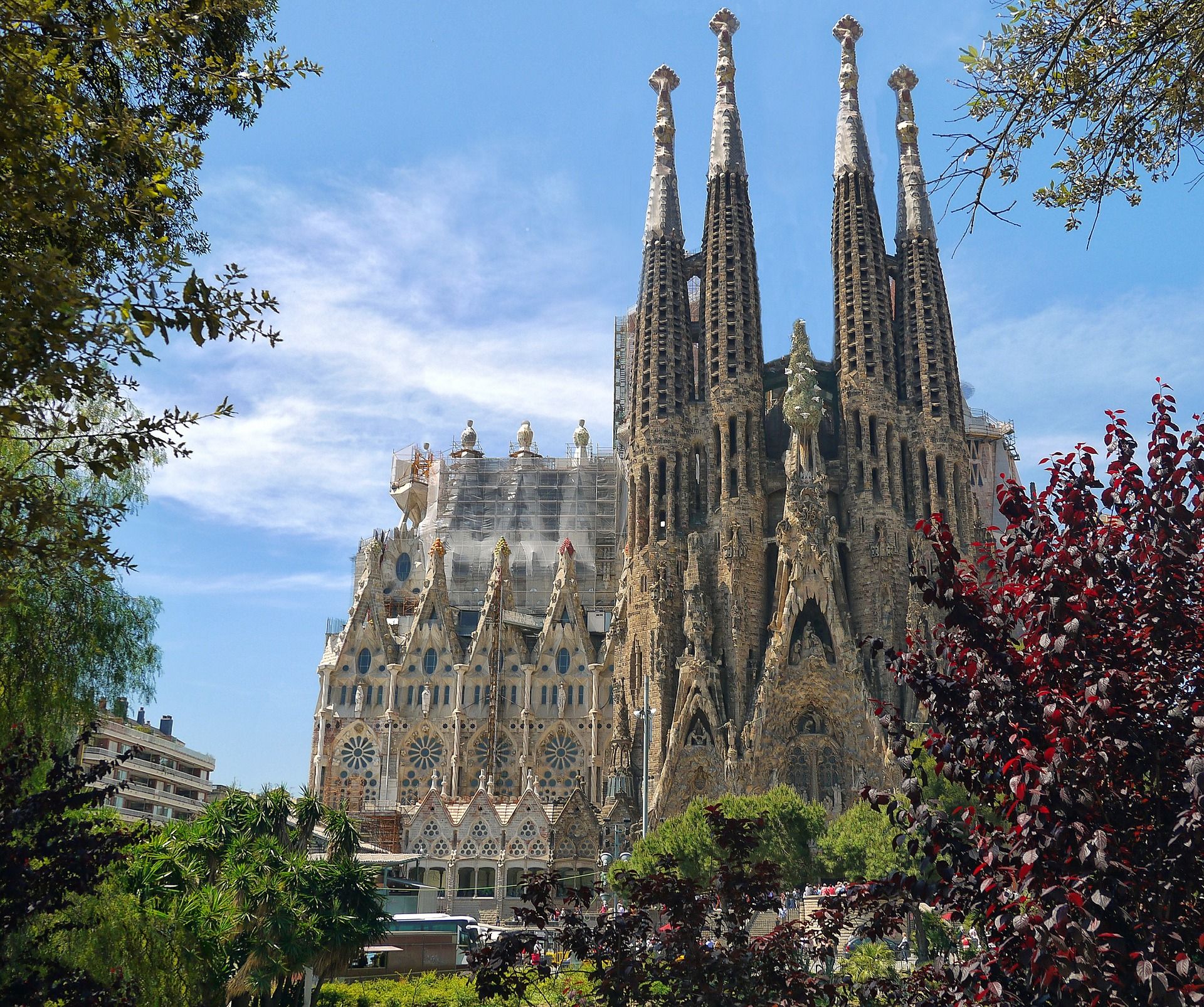 To Croatian rail passengers, the Spanish city of Barcelona will be just a few hours away by 2030 © Patrice Audet
To Croatian rail passengers, the Spanish city of Barcelona will be just a few hours away by 2030 © Patrice Audet
The RH1 line is part of the Pan-European Corridor X. The Croatia pan Europe trains section of this transport route was once one of the three lines taken by the Orient Express. The modernised rail line will start in Salzburg, Austria and pass through Ljubljana before reaching Zagreb. The line will pass through Slavonski Brod and Vinkovci before making its way to Belgrade, then Niš in southern Serbia. The old Oriental Express line then headed east, to Istanbul via Sofia, Bulgaria. The EU-funded train section of the Pan-European Corridor X instead heads south, to Thessaloniki in Greece via Skopje in Macedonia.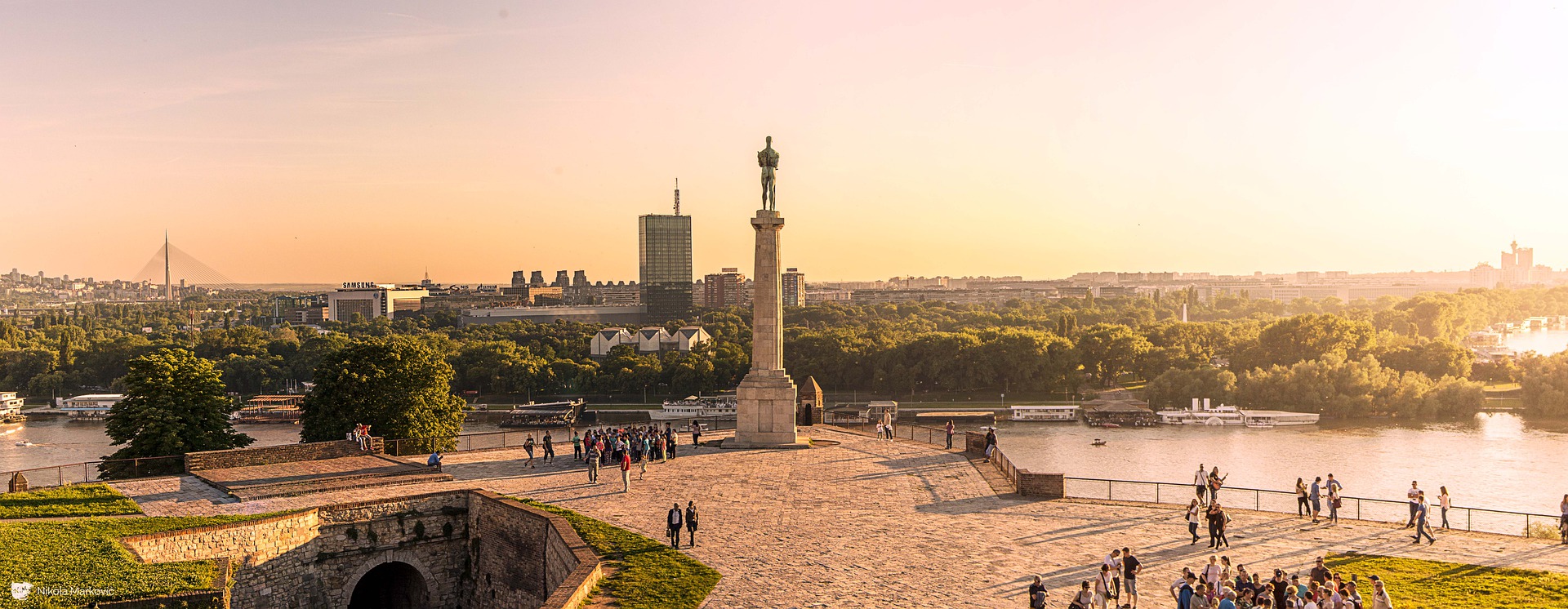 The rail journey time between Zagreb and Belgrade (pictured) will be shortened considerably by the improvements © Djordje Jovanovic
The rail journey time between Zagreb and Belgrade (pictured) will be shortened considerably by the improvements © Djordje Jovanovic
Trains are currently the greenest transport option for long-distance travel. As the world heads in the direction of seeking energy sources that do not rely on finite fossil fuels, rail also currently looks to be the long-distance travel option best-equipped to meet this challenge. In the future, visitors from all across Europe may increasingly rely on the Croatia pan European trains network in order to access the country. The improvements also increase business and leisure opportunities for Croatians in Europe. Thessaloniki in Greece is one of the most popular cities in Europe for visitors. The renewed rail section of the Pan European Corridor X will end here © Dimitris Vetsikas
Thessaloniki in Greece is one of the most popular cities in Europe for visitors. The renewed rail section of the Pan European Corridor X will end here © Dimitris Vetsikas
Around 935 million Euros was invested in the Croatian railway infrastructure between 2010 and 2019. The new investment dwarfs those figures. The initial investment, occurring between 2020 and 2024 amounts to as much as 1.8 billion Euros, of which almost 78.7 per cent is co-financed by the European Structural and Investment Funds (ESI) and the Connecting Europe Facility (CEF). From 2025 to 2030, EU funds totalling more than 2.7 billion Euros are expected to be invested in the Croatia pan European trains network.
Freight train passage along the lines will also be increased, reaching a new speed of 120 kilometres per hour. The Croatia pan European trains network also offers great potential to open up continental Croatia regions to international visitors. The Croatian railway network currently has 2,617 kilometres of track, of which 274 kilometres are double-track and 980 are electrified.
For the latest travel info, bookmark our main travel info article, which is updated daily.
Read the Croatian Travel Update in your language - now available in 24 languages
Tourism in the Corona Age: 10 Virtual Ways to Discover Karlovac
October 11, 2020 - Continuing TCN's look at the video tools available to explore Croatia's tourism destinations, it is time to Discover Karlovac.
Way back on March 14 - several lifetimes ago - I published an article called Tourism in the Corona Age: 10 Virtual Ways to Discover Zagreb. The way I saw things, now was an OUTSTANDING opportunity for tourism promotion. People have time, they yearn for their freedom and former lives, so give them the tools to thoroughly research and enjoy your destinations, and you will have then longing to be there. And when they do come, they will have a deeper understanding of the destination due to their research.
South Africa and Portugal were the first to do their post-corona tourism promotion videos several weeks ago (Post-Corona Tourism Planning: Lessons from South Africa and Portugal), a trick which has been followed by other tourism countries, the latest being Croatia with the national tourist board campaign, #CroatiaLongDistanceLove, going live yesterday.
But while these campaigns create longing and market presence, they don't really educate. People now have time to really get into destinations. And dreams of escape to somewhere more exotic are high on the list of priorities of many.
So TCN decided to help with that education with a new series called Virtual Croatia, where we will be helping you discover many of Croatia's destinations with all the best virtual tools available on your self-isolating sofa at home.
We started with Tourism in the Corona Age: 10 Virtual Tools to Discover Hvar.
After this, we put our a press release (which you can read here in English and Croatian) offering a free article to any local tourist board in Croatia who would like the free promotion in our Virtual Croatia series.
The Sinj Tourist Board was the first to respond, and now you can see just how rich the tourism offer is in this proud Alka town - your virtual tools to Discover Sinj. This was followed by Discover Opatija, Discover Brela, Discover Rogoznica, Discover Stari Grad, Discover Klis, Discover Trogir, Discover Omiš, Discover Lumbarda, Discover Jezera, Discover Šolta, Discover Cavtat and Konavle, Discover Koprivnica, Discover Pašman, Discover Gradac, Discover Virovitica, Discover Bibinje, Discover Crikvenica, Discover Rovinj and Discover Brac.
We have had several more emails from local tourist boards, who we invited to participate in the series by sending in video material about their destination. As with everywhere else, corona dominated the agenda at TCN during the summer, and we now finally have time to continue with the series with a visit to one of Croatia's most underrated cities - Karlovac. Many thanks to the Karlovac Tourist Board for sending material.
Welcome to Karlovac
Let's start with a general introduction to this beautiful town on four rivers.
Visit Karlovac 2019 - official promotion video.
A 4K tour of Karlovac from the air.
Dan Grada - the Day of the Town.
A video tour of Karlovac.
Active Karlovac
Karlovac and surrounding area are part of the Green Heart of Croatia, a paradise for active tourism in pristine nature.
An enticing introduction.
Karlovac is one of the most bike-friendly cities in Croatia. Combine it with the routes and landscapes on offer in the surrounding hills, and your cycling itinerary is taken care of.
Runners head to the city in July for the annual Karlovaci Cener, a 10 km race that even COVID-19 could not stop.
For a city which boasts four rivers, it is perhaps not surprising that the kayaking options are excellent.
Or if you are feeling a little more adventurous, there are some great rafting options.
Discover Karlovac Museums
Karlovac got a fantastic new family attraction back in 2016 with the opening of Aquatica, a state of the art freshwater aquarium, which presents the flora and fauna of the Croatian rivers, lakes and ponds, its geological past, traditional culture, as well as the history of the four Karlovac rivers area – the basins of the Korana, Kupa, Mrežnica, and Dobra.
One museum not to be missed is the Homeland War Museum in Turanj, 4 km from the centre. Karlovac and surrounding area suffered terribly in the Homeland War, which only finished 25 years ago. This painful but important part of recent history has been well preserved at the Homeland War Museum.
Looking to delve back a little deeper into the city's history? Check out the historic Karlovac City Museum.
Historic Karlovac - Dubovac Castle
Dubovac Castle overlooks the Croatian city Karlovac. Its square tower was probably built during the 13th century. In the 15th century, the castle was rebuilt in Renaissance style. The castle had various owners—from Slavonian nobleman family Sudar to famous Croatian counts and dukes Frankopan and Zrinski. From 1671 until 1809, the Dubovac was owned by the Karlovac generals. In 1837, a new owner, Count Laval Nugent, rebuilt the castle in the spirit of romanticism. Dubovac was once again renovated in 1952 in relation to graphics from the end of the 18th century. The castle was used for several years recently as a hotel, and the damage done to the interior to accommodate rooms is now being repaired. There are museum exhibits and a large model of the countryside. Guide materials indicate that the fortress was built on a hill constructed by the people in order to maximize defenses and views of the surrounding areas.
Karlovacko, the Beer Capital
There is no doubting the city's most famous product, one which is sold all over Croatia, as well as internationally. Karlovacko beer is one of the top brands in Croatia. Now owned by Heineken, it will not be long before you notice the Karlovacko presence in the town.
And there is no better time to visit and sample the beer than during the Karlovac Beer Festival
Rivers and Beaches
We may be some way from the Adriatic, but that does not mean you have to travel far to the beach in Karlovac. Karlovac, the town on four rivers, boasts the first registered river beach in Croatia. It is situated on the Korana bank. The Foginovo beach, as the historic heritage of the citizens, has been engraved in the town's very fabric, and its future matrix, just like a genetic code. And there are plenty of other places to jump in to cool off in the hot summer months.
Parks
Karlovac is an incredibly green city, and it will not be long before you find yourself in a park. Indeed, as this official tourist board promo video states, Discover Karlovac, a town within a park:
"The first parks in Karlovac were planned already during the construction of the fort itself. And that is how it all got started. We haven’t stopped doing this even to this very day, taking care of our parks, avenues, flowers, and lawns. Our parks grow with the town. The town is a part of the park. We have flowers at our windows. Our river beaches are covered in the lush and soft grass."
Advent in Karlovac
In recent years, Karlovac has managed to add a little winter magic in its tourism offer, with Advent in Karlovac. Check out the festive atmosphere from last year's celebrations.
Unlikely Fact about Karlovac - Michael Jackson's 'Earth Song' Partially Filmed in Karlovac.
Everyone remembers MJ right? The video for his single; “Earth Song”, was released in 1995 and was shot in four locations around the globe. It dealt with subjects of environment and animal welfare with scenes of illegal poaching, destruction of the rainforest and war. The war scenes were shot here.
Karlovac was on the frontline in the Homeland War from 1991-95 and was severely damaged as a result. The location used in the video was the suburb of Turanj which was practically levelled over the four years of fighting.
Official Tourist Board and 25 Things to Know about Karlovac
Learn more about the city on the official Karlovac Tourist Board
Looking to get to discover Karlovac in greater detail? Check out TCN's Karlovac, 25 Things to Know about the City on 4 Rivers.
To discover more of virtual Croatia, you can follow this series in our dedicated section, Virtual Croatia.
Continental Croatia Trains: Inland Opens Up With Green Travel
October 3, 2020 - With charter airlines in a state of flux and Croatia Railways beginning a renewal of their fleet in Slavonia, are continental Croatia trains the eco-friendly and best way to unlock the inland's amazing potential?
Everything changes. Nothing stays the same. Even before 2020 arrived, lifestyles and trends were headed in new directions. Eco-tourism and agro-tourism were two of the fastest-growing areas within the travel sector, this behaviour change a response to concerns about the environment. And nowhere in the country stands better poised to take advantage of this interest than continental Croatia.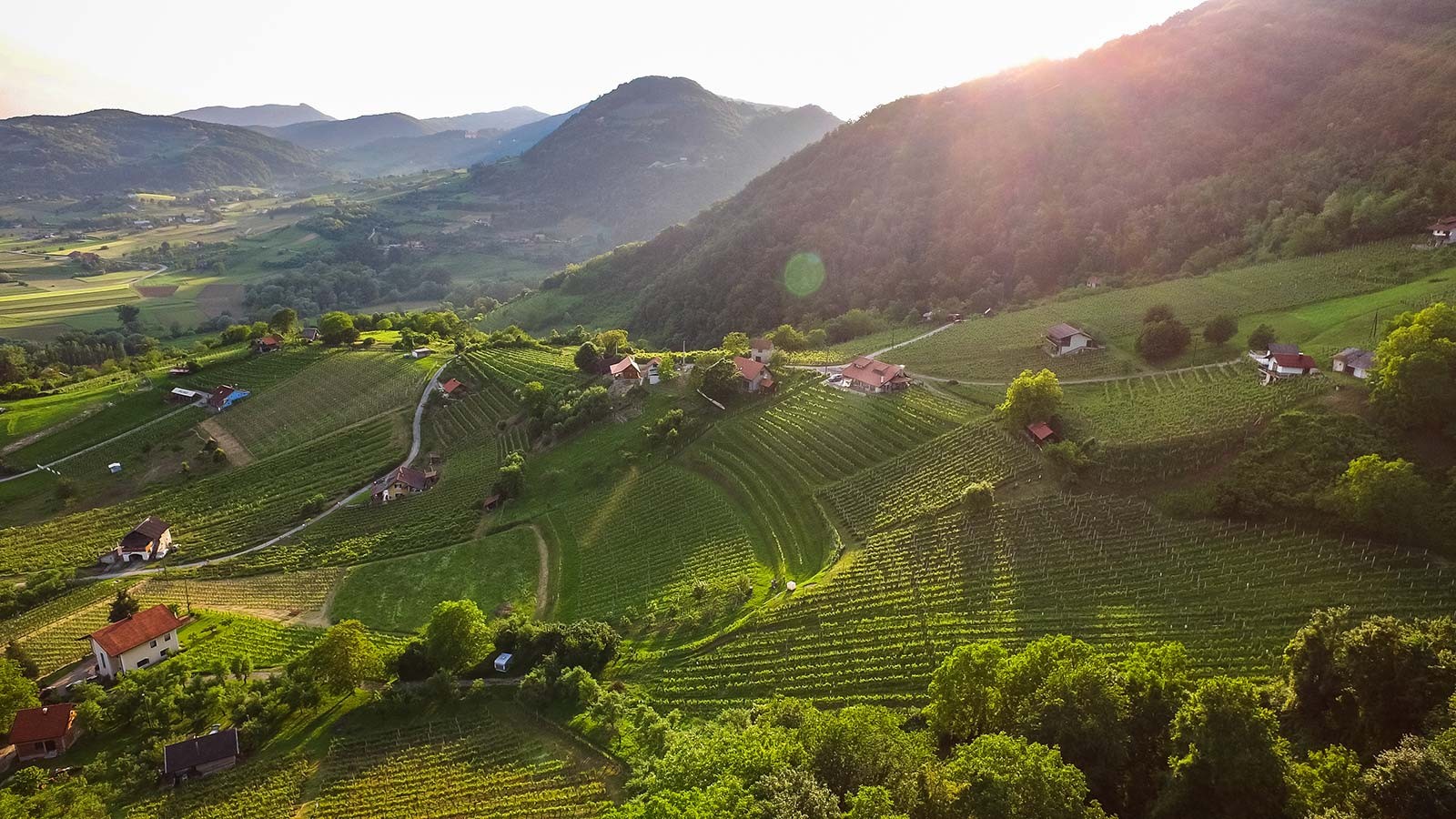 Impossibly pretty Zagorje - the region lies just north of Zagreb and is accessible by continental Croatia trains © Ivo Biocina / Croatia National Tourist Board
Impossibly pretty Zagorje - the region lies just north of Zagreb and is accessible by continental Croatia trains © Ivo Biocina / Croatia National Tourist Board
From the impossibly pretty hills of Zagorje, the peaceful rivers of Karlovac county and the hidden vineyards that surround the capital Zagreb to the vast Pannonian flatlands that stretch to Slavonia, Baranya, Vukovar-Srijem and beyond, the varied topography of continental Croatia is wild, exciting and - by many - wholly undiscovered.
This is land where agriculture and nature thrive side by side, where the stresses of modern-day existence ebb away as you readjust to a way of life that would look mostly familiar to the people who lived here centuries ago. These are places where you can truly be at one with yourself and with your surroundings. In continental Croatia, you often find yourself in an environment that is both timeless and traditional, yet wholly contemporary in regards to its ecological aspirations. And you're never far away from an exciting city environment that you can dip into on a whim – not just Zagreb, but Osijek, Slavonski Brod, Karlovac, Sisak and Varaždin too.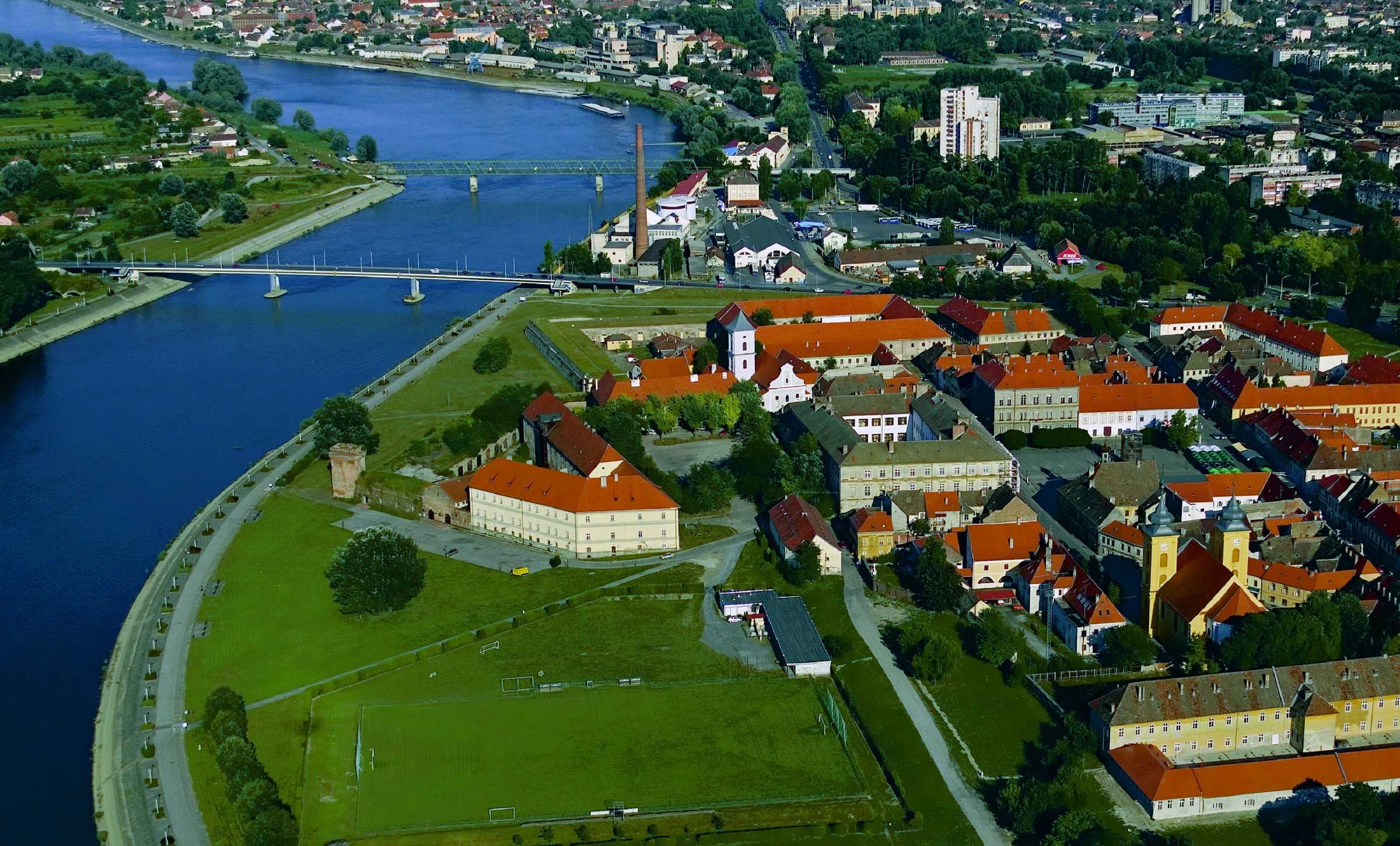 To those who really know and love Croatia, Osijek is simply unmissable. It is both the capital of and the doorway to Slavonia and Baranya and should be more accessible by continental Croatia trains. Sadly, international transportation links to the city by air are also quite poor. Improvements in accessibility to Slavonia and Baranya by rail and road are imminent © Romulić & Stojčić
To those who really know and love Croatia, Osijek is simply unmissable. It is both the capital of and the doorway to Slavonia and Baranya and should be more accessible by continental Croatia trains. Sadly, international transportation links to the city by air are also quite poor. Improvements in accessibility to Slavonia and Baranya by rail and road are imminent © Romulić & Stojčić
Unlocking the incredible potential of continental Croatia relies on getting the message out there and facilitating travel to these regions
In recent TCN features we have detailed that motorways within Croatia are among the best in Europe - once you're inside Croatia, travelling by car (or bus) between the regions couldn't be easier. We have also seen evidence of the huge interest in travelling here by rail and using continental Croatia trains.
Of all the modern methods of long-distance travel, rail is by far the most eco-friendly. What better way to begin an environmentally friendly holiday than by arriving on continental Croatia trains? When the country wisely decided to prioritise its internal motorway system, a modern and fast inter-regional rail network was put on the back burner. Nowhere suffers greater from this decision than continental Croatia.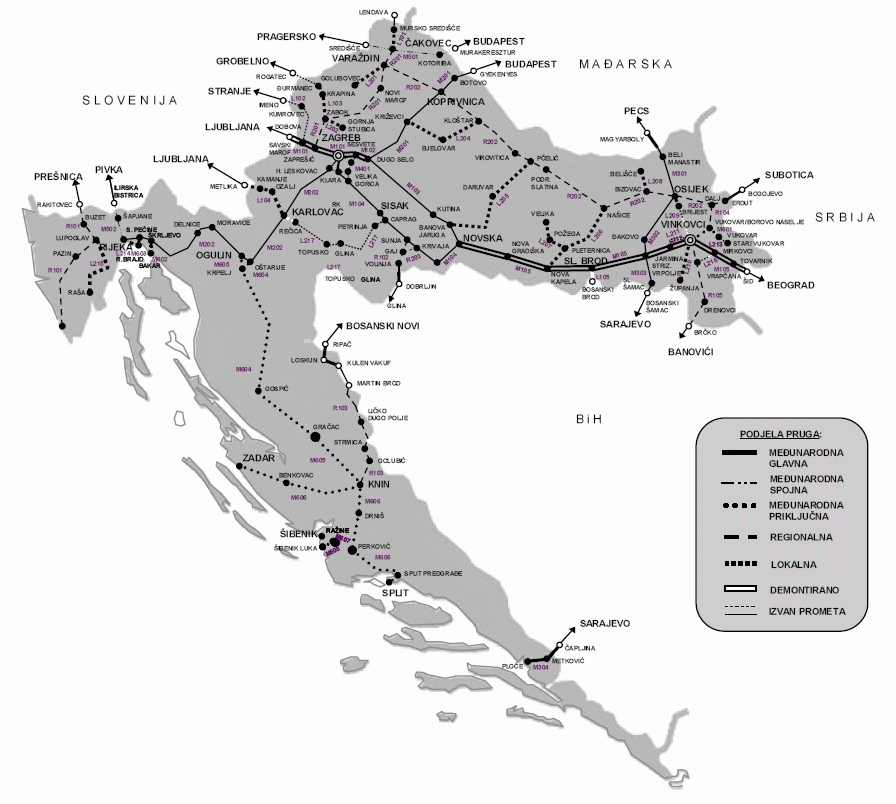 The Croatian rail network © Croatian Official Document uploaded to Wikipedia by Epepe
The Croatian rail network © Croatian Official Document uploaded to Wikipedia by Epepe
The only high-speed line that currently exists in Croatia links Rijeka to Budapest, via Zagreb and Koprivnica. Planned improvements hope to cut journey times between Zagreb and its nearest coastal city to an hour. Same as it ever was - Rijeka was the first Croatian city to be connected internationally by rail. That line also ran into the heart of Austro-Hungary and facilitated upper-class travel to places like Opatija. But does it best benefit the country to invest in more links to the coast or in continental Croatia trains? Well, the inland is not being ignored. Upgrades are being made to continental Croatia trains. This impressive beast actually services the country's coast. But would more investment in the continental Croatia trains network better service more people and help unlock the inland to tourists? Around 70% of the country's inhabitants live in continental Croatia © HŽPP
This impressive beast actually services the country's coast. But would more investment in the continental Croatia trains network better service more people and help unlock the inland to tourists? Around 70% of the country's inhabitants live in continental Croatia © HŽPP
The rail link between Zagreb and Slavonski Brod is so historic that it was once part of the four routes of the Orient Express. It has been maintained to a standard where you can make a relatively quick journey from the capital to Vinkovci via Slavonski Brod. The same cannot be said for rail travel to Osijek, the access point to Baranya and much more. So slow is the connection between Osijek and Zagreb that it has been possible over recent times to reach the Slavonian capital quicker by taking the train to Vinkovci, then the bus to Osijek, rather than travelling direct by rail. Osijek train station. A renovation to the building is planned for the near future © Romulić & Stojčić
Osijek train station. A renovation to the building is planned for the near future © Romulić & Stojčić
However, in February this year, Croatian Railways introduced four direct daily lines between Slavonski Brod and Osijek. And there will be a new tilting train line that will run between Zagreb to Osijek on Friday afternoon and from Osijek to Zagreb on Sunday afternoon, facilitating student travel. On October 15, the first low-floor train will run between Osijek and Vinkovci as an additional part of the renewal of their continental Croatia trains fleet in Slavonia. The welcome return of Croatia's second-oldest international rail line - linking Osijek to Pécs in Hungary, via Beli Manastir and Baranya - was introduced in late 2018.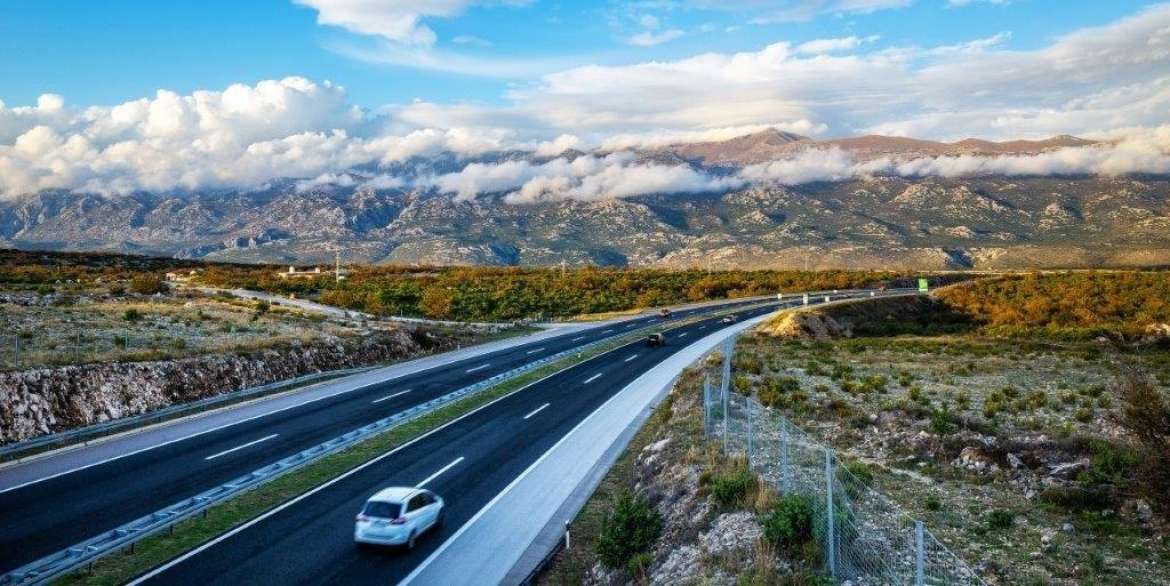 A motorway stretch between Metković and Dubrovnik, integrating the Pelješac bridge and the Croatian segment of the European corridor are the final big remaining projects in a three-decade-long undertaking to give Croatia one of the best motorway networks in Europe. Should Croatia's rail network be next? © Hrvatske Autoceste
A motorway stretch between Metković and Dubrovnik, integrating the Pelješac bridge and the Croatian segment of the European corridor are the final big remaining projects in a three-decade-long undertaking to give Croatia one of the best motorway networks in Europe. Should Croatia's rail network be next? © Hrvatske Autoceste
Access to Slavonia and Baranya will also be massively facilitated upon completion of the European corridor, which will connect North Europe to the Adriatic. Starting in Budapest, it necessitates the building of a bridge near Beli Manastir. Thereafter the motorway will pass by Osijek, connect to the Zagreb-Slavonia motorway near Lipovac, then pass through Bosnia and its capital Sarajevo and on to Ploče.
The removal of budget airline flights to the airport in Osijek remains a hindrance to attracting many international visitors to Slavonia and Baranya. However, with charter airlines facing the greatest uncertainty of all modes of transport at the current time, though their return is a must, it is perhaps now an ambition that should remain more long term. For the immediate future, improvements to rail travel look to be a brilliant way of opening up not only Slavonia, Baranya and Vukovar-Srijem, but also an eco-friendly access point capable of serving the whole of untapped continental Croatia.
For the latest travel info, bookmark our main travel info article, which is updated daily.
Read the Croatian Travel Update in your language - now available in 24 languages
Nikola Tesla Returns To Gospić After 30 Years
August 22, 2020 – After being destroyed in the war, the famous statue of genius Nikola Tesla will finally return to his home town
Following a 30 year absence, the famous statue of Nikola Tesla will be returned to his home town of Gospić. The original Tesla monument that once stood in the central town square, created by Croatian sculptor Frano Kršinić, was blown up during the 1990s Homeland War.
Gospić mayor Karlo Starčević today signed a contract approving construction works for the renovation of the square in front of the Gospić Culture Information Centre, where the Nikola Tesla statue will be placed. The contract is worth about HRK 1.8 million.
The location where the monument will stand is planned as a quiet area with several benches and gravel footpaths. The statue is an exact replica of the one previously lost to Gospić. Copies of this statue currently reside outside the School of Electrical Engineering section of Belgrade University and on the American side of Niagara Falls (main picture).
Nikola Tesla is honoured on both sides of Niagara Falls. This is his statue on the Canadian side © Milan Suvajac
An inventor and hugely innovative engineer, Nikola Tesla is best known for pioneering the alternating current (AC) electricity supply system. AC enables electricity to be provided safely to every home, street and business today. Tesla was born in 1856 in the village of Smiljan, in Lika, just six kilometres from Gospić.
In 1862, his family moved to Gospić where Tesla's father worked as an Orthodox parish priest. Nikola Tesla himself was supposed to follow his father and his mother's father into the Orthodox priesthood. Thankfully, he did not. In 1870, Nikola Tesla moved to nearby Karlovac to attend the Higher Real Gymnasium. A new Nikola Tesla exhibition centre is currently being built there, next door to the place of his former studies.
After Karlovac, Nikola Tesla continued his studies in Austria, and then spent some time teaching and working in Hungary. He eventually got a job working for Thomas Edison's company in Paris. While there, his incredibly innovative work was soon noticed and he was invited to go and work for the company in America.
Nikola Tesla, pictured before his work in America © State Archives
Thomas Edison - also a pioneering inventor - is frequently cited as one of the most innovative figures in the development of electricity supply. However, Edison was adamant that direct current (DC) would be the best way to distribute electricity. The DC system he championed was in direct competition to that proposed by his one-time employee, Tesla. Despite Edison's wealth and power, the DC system he fought hard to impose proved to be impractical and unsafe. Instead, the AC distribution design, perfected by Tesla, became the standard supply system that the world uses today.
Nikola Tesla stayed in America for the rest of his life and continued to create countless pioneering inventions. He worked within the fields of early x-rays, wireless power supply, electromagnetic radiation and radio waves, before his death in 1943. In the years since he died, interest in the enigmatic Nikola Tesla has only grown.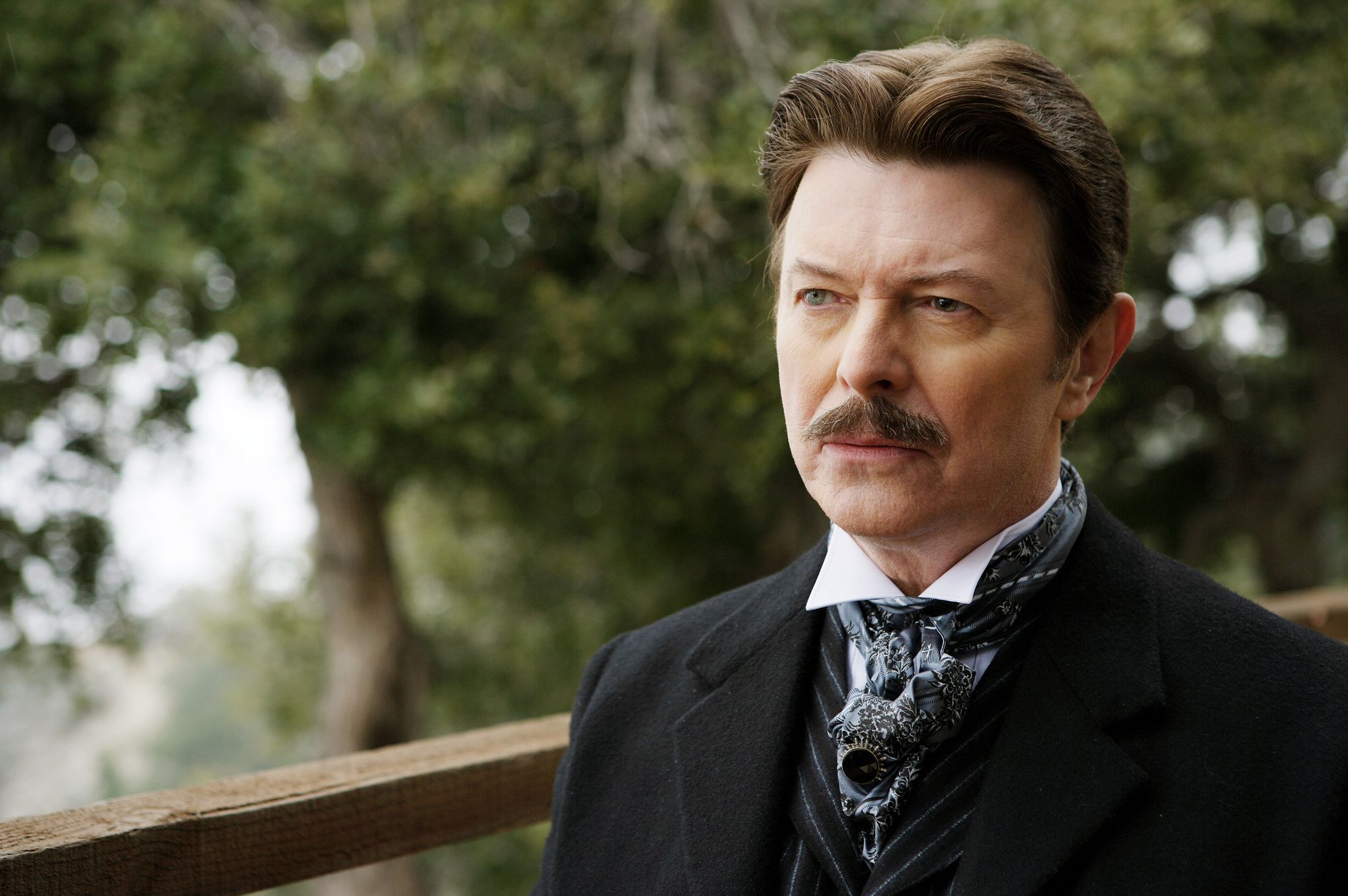
David Bowie playing Nikola Tesla in Christoper Nolan's 2006 movie The Prestige © Warner Brothers
A mystique continues to surround him, not least because many of his wondrous ideas remain unrealised. Nikola Tesla has been portrayed in film by Nicholas Hoult and David Bowie (the latter, famously, in Christopher Nolan's The Prestige). The national airport in Belgrade, Serbia is named after him, as is Serbia's largest power plant. In Croatia, over 130 streets are named after Nikola Tesla.
Meet HGSS The Croatian Mountain Rescue Service
August 19, 2020 – All weather, all terrain, all year round – meet HGSS The Croatian Mountain Rescue Service, amazing volunteers who will never let you down
They're never far from the news. For the last two weeks, members of HGSS The Croatian Mountain Rescue Service have yet again been on the TV news every night. They're leading the search for a summertime visitor, a Polish hiker missing on Biokovo mountain.
But, watch again this winter and, for sure, they'll be in the headlines once more. Whether, they're scaling mountain ranges in the unbearable heat of high summer, searching underwater caves, flooded rivers or the sea, breaking through wild forest or trudging through metres of snow, they undertake their search and rescue missions over every terrain, in every weather condition, in every month of the year, all across Croatia. And, they all volunteers.
Marc Rowlands meets the head of service for HGSS The Croatian Mountain Rescue Service and three of its volunteers to find out who they are and what makes them do what they do.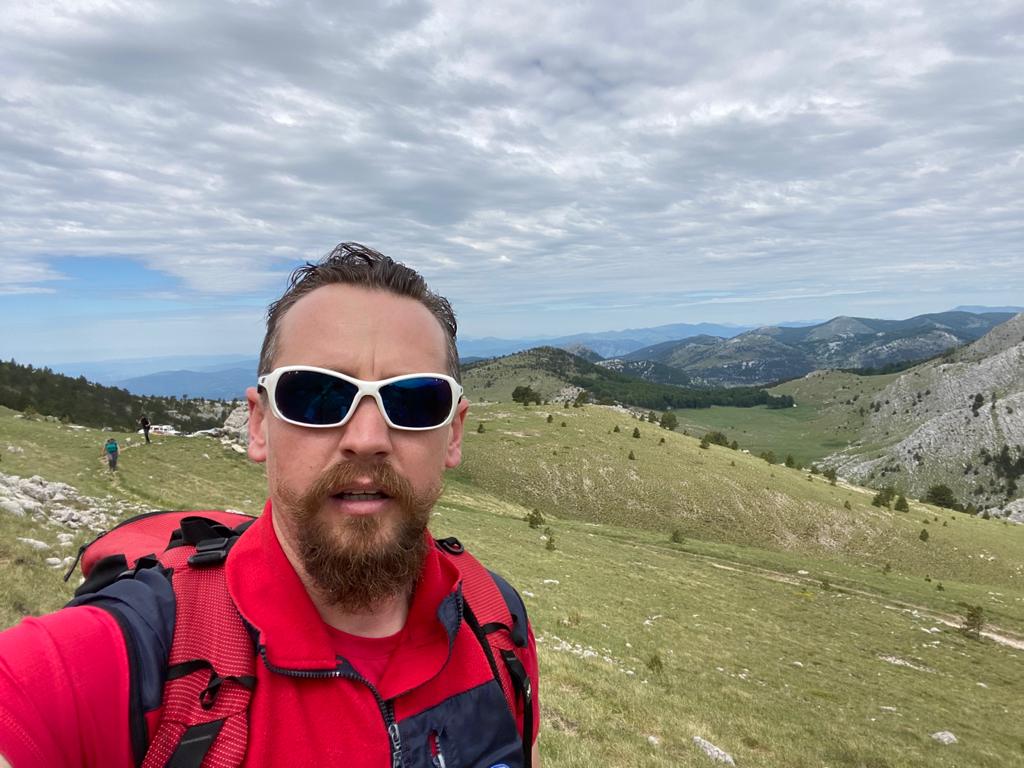
Josip Granić, head of service for HGSS The Croatian Mountain Rescue Service
My name is Josip Granić. I'm the Head Of Service for HGSS The Croatian Mountain Rescue Service. We've had an extremely busy couple of weeks. Being head of service for an organisation like this under such circumstances means you're always on the phone; co-ordinating, talking to outside organisations, members of the press. Communication. It's a 24/7 job, 365 days a year. If people need help, you can't take a holiday. Not at this level of the organisation.
We have around 1000 members. There are 11 paid positions in the main organisation and 25 people we pay to run the administration in each of the teams or stations we have. All of the members who perform the search and rescue are volunteers. We have pilots, surgeons, nurses, students, professors, every part of society.
I'm originally from Kaštela, but my home station is in Karlovac. I've been there for 15 years. I've been Head Of Service for two. Since I assumed the position, I've spent most of my time in the car. I travel all over Croatia.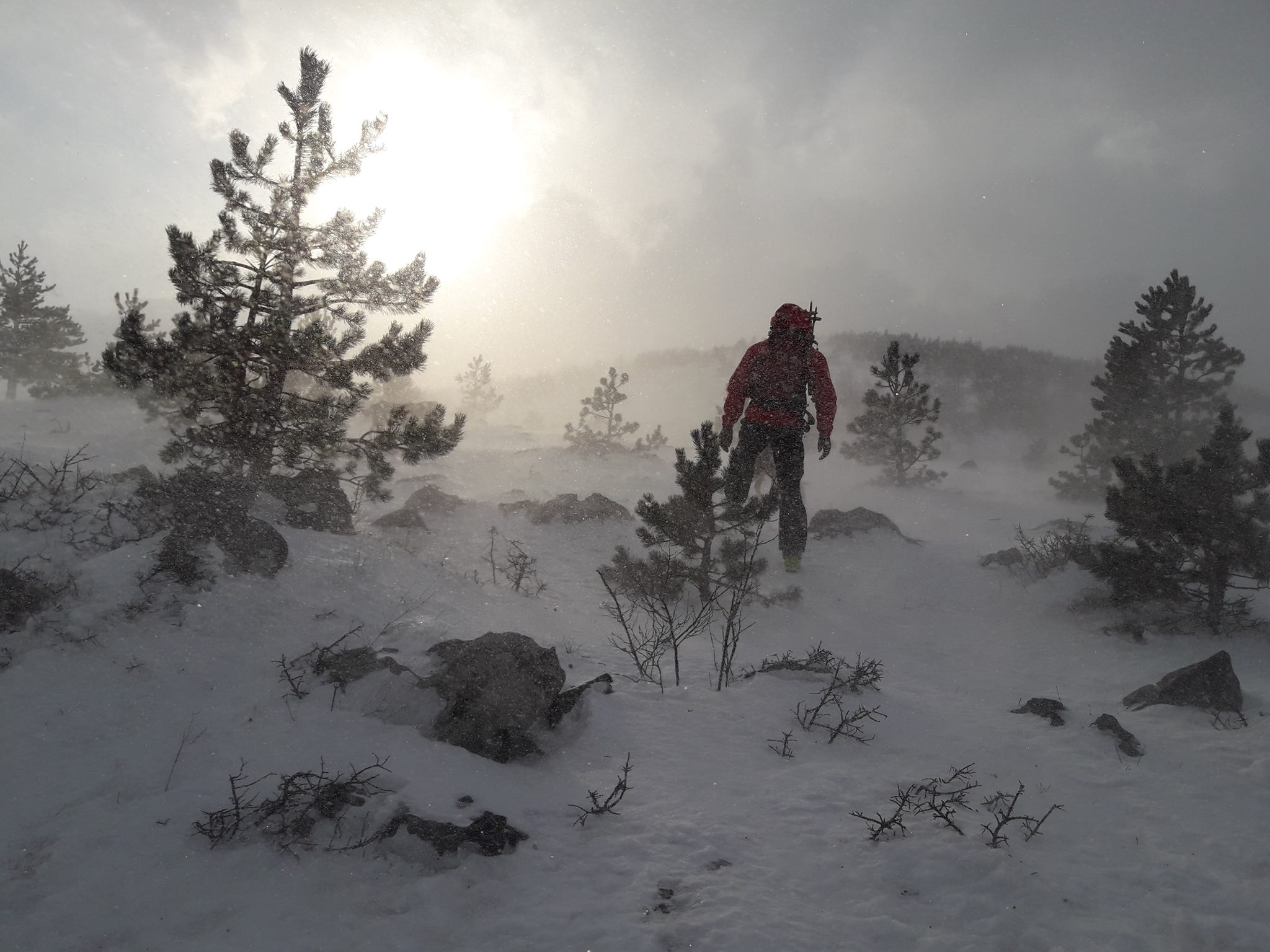
HGSS The Croatian Mountain Rescue Service missions can be hampered by extreme weather conditions © HGSS The Croatian Mountain Rescue Service
To get a certified position as a mountain rescuer in Croatia you all do the same training. It doesn't matter if you come from Slavonia, Dalmatia or Istria, you must have the knowledge and ability to deal with circumstances in any terrain; caves, pits, mountains, on snow, underwater.
Depending on where your station is, the type of call-outs you get could be very different. In Slavonia, 90% are for missing persons - searching forests, rivers, and in floods. We've had a big search on Biokovo mountain for the past 16 days. The stations from Split, Makarska, and Dubrovnik were at first involved, then teams from all over Croatia. It's not the same as Slavonia. The terrain is very different, so you have to be good at a particular set of skills. But, the largest percentage of call-outs is still missing persons. It's 70% of our work nationwide. The other 30% are rescues.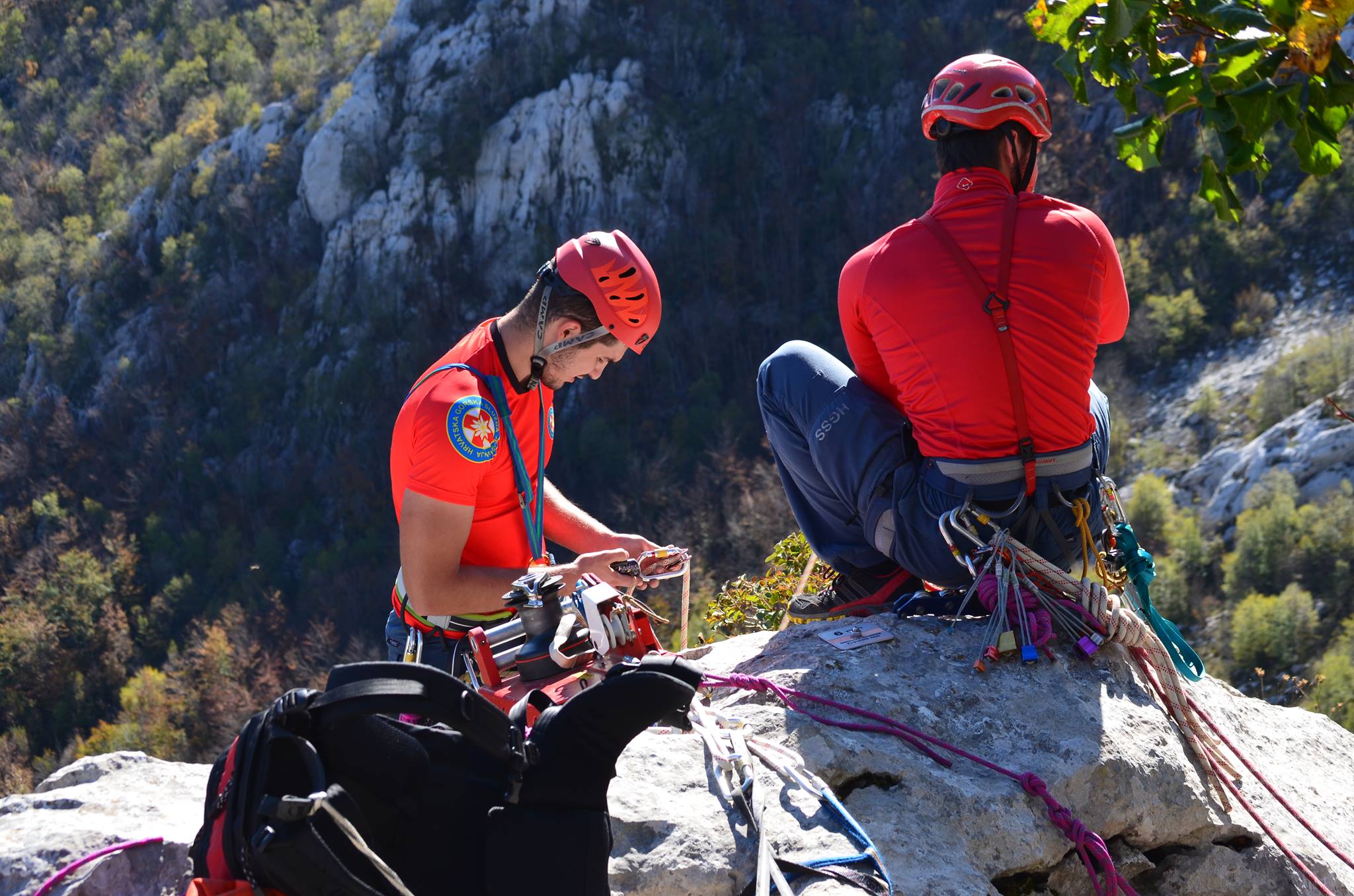
HGSS volunteers are educated to use a wide range of technical equipment. They are trained to operate in all the different kinds of terrain found across Croatia © HGSS The Croatian Mountain Rescue Service
There are usually 800 – 1000 missions a year across the country. We get roughly the same amount of calls in colder months as in warmer months. Only, winter months can be busier. The terrain is more difficult. There are some villages in Croatia – usually where the front line of the fighting was, around Karlovac, Kordun, Lika – and when it snows, it can be almost impossible to reach those places. But, some older people still live there. It can take days to reach them on snowmobiles, then skis, to deliver food or medecine. The other busiest places in winter are the ski resorts - Platak, behind Rijeka, and in Zagreb, on Sljeme. There are teams stationed in those places throughout the snow season.
What's the greatest danger of the job? Almost everything. Nothing in this job is easy. The greatest dangers we face are the same facing those that we rescue - underestimating the environment, nature, the conditions. That's where our training comes in.
In mountain rescue, we separate dangers into subjective, objective and technical. Subjective is the stuff you're guilty of - lack of preparedness, knowledge or equipment. Objective dangers are the ones you can't control, like sudden changes in weather, or avalanche. If you're sensible and informed, there should be no objective danger.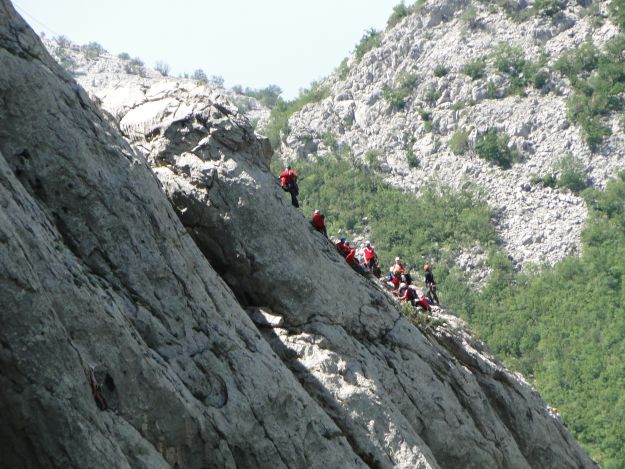
HGSS on a mission, clinging to a steep incline in Paklenica © HGSS The Croatian Mountain Rescue Service "People need to be aware at all times on the mountains. By the time most people think they may be in trouble, they've usually been in trouble for five or ten minutes already" Josip Granić.
80 – 85% of the people we rescue are Croatian. Only 15 – 20% are guests. People from Czech Republic, Slovakia, Poland, (Austria and Slovenia too) tend to enjoy nature more. They like hiking. That's the reason there are typically more rescues for those nationalities than there are for British, Belgian, French, Italian, America, Canadian or Australian guests. I don't remember the specific year, but sometime between 15 and 20 years ago we had a season where 5 or 6 Czech nationals were being searched for or, sadly, turned up dead. The media covered it and ever since there's been this myth that all the people who get into difficulty are Czech.
The question about expensive helicopter rides - why don't you charge the people you rescue - has been here forever. It's like this - if you're a tourist and you have a car accident in Croatia, the fire service, police and an ambulance will come. You won't get charged. We are a tourist country. According to international agreements, we are obliged to make everything safe for residents and guests alike. We are here, just like the fire service and police, to do our part. The Croatian air force is responsible for the helicopter rides and I have to give credit to them - they are crazy good pilots. Amazing. Even if we did charge everyone we saved - and most of the 85% of Croatians we save would struggle to pay - it still wouldn't be anywhere near the money required to run this service.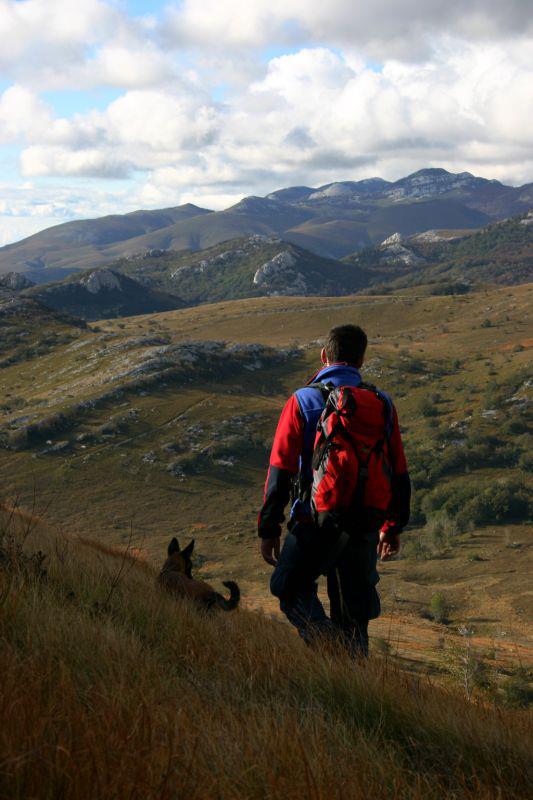
The Croatian Mountain Rescue Service used specially trained dogs on their searches © HGSS The Croatian Mountain Rescue Service
In 2007, I got a new search dog. It came from the Ogwen Valley Mountain Rescue service in North Wales. We cooperate a lot. We were sent out on a job to look for a three-year-old male child who had gone missing near Požega at the beginning of January, wintertime. His grandma was watching him and they were in a house on the edge of the woods. Early in the morning, he was playing with a dog. It suddenly ran into the forest and the boy chased after him. The grandmother didn't see it happen. I found him using my new dog, just after 8 o'clock the next morning. He'd been alone in the freezing forest for almost 20 hours.
Time is really moving fast on a job like that, because it's a kid and because it's so cold. Survival rates in such conditions are not good after 24 hours. When I found him, saw that he was alive, those big eyes looking up at me, it's a crazy feeling. You can't describe it. You can't compare it. A lot of positive emotions.
Every mission is special. We meet them all with the same level of determination and professionalism. But, it's the ones where you know you've really saved someone that stand out in the memory. Not the broken leg, where you transported someone – sure, that's an excellent job. But, when you know you've saved someone's life, that they definitely wouldn't be here now if it weren't for you, that's what makes it all worthwhile.
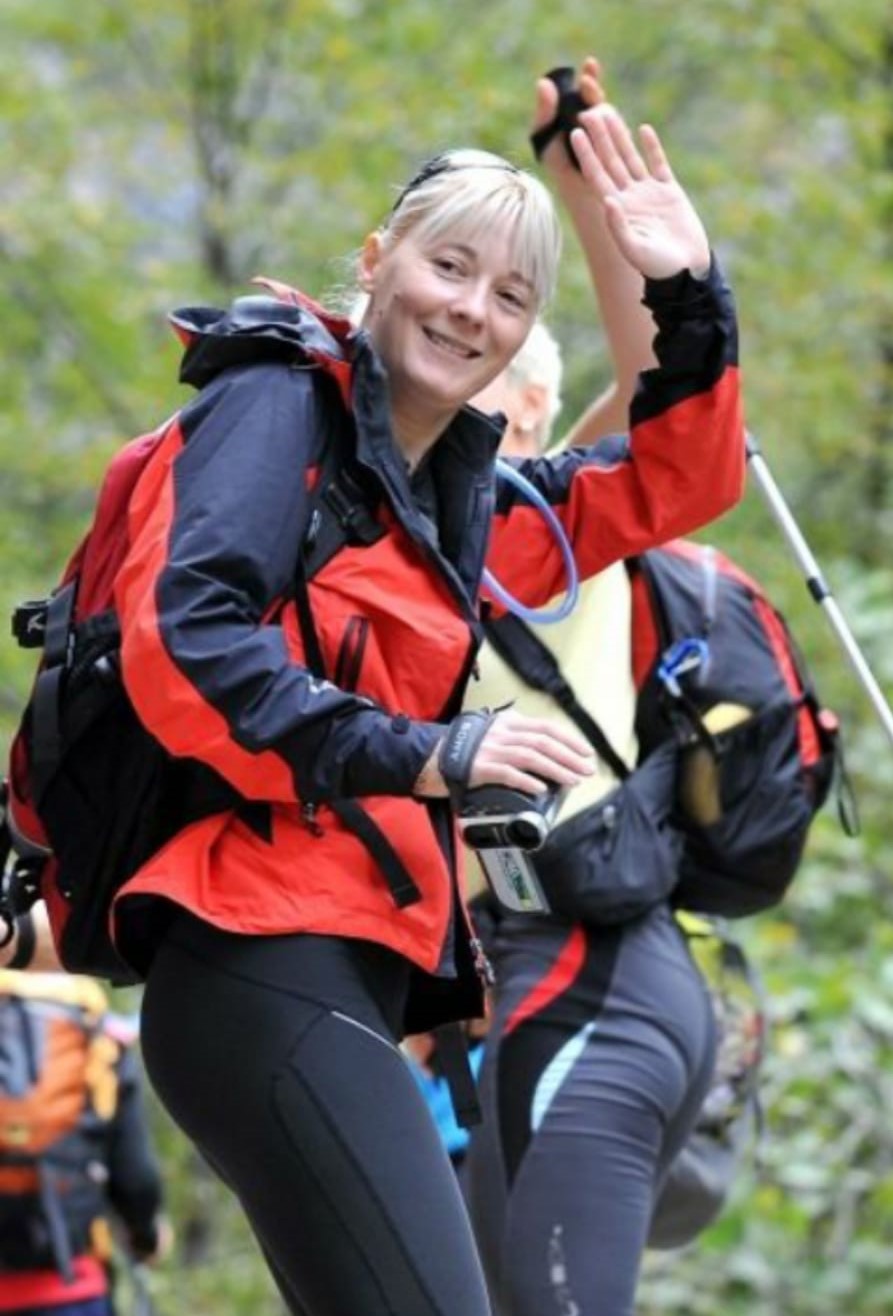
Jana Mijailović, volunteer for HGSS The Croatian Mountain Rescue Service
My name is Jana Mijailović, I'm 48 years old and I'm from Zadar. I finished school to be a teacher, but I never did it. My husband and I run a company that does plastic and aluminium windows for houses.
I started to go into the mountains when I was at high school. I never had the ambition to be part of mountain rescue services – people just noticed me on the mountains. They said I'd be good at it and asked me to join. I met my husband on the mountains. We are both volunteers for HGSS The Croatian Mountain Rescue Service. I've been doing it for 16 years.
I was a member of the first and second all-female Croatian expeditions to the Himalayas. We first climbed Cho Oyu in 2007, then Mount Everest in 2009. Croatia is the only country in the world that has only one successful male climber of Mount Everest, but four successful female climbers. I sometimes work as a guide too. I guess you could say I'm all about the mountains.
Being a climber, an Alpinist, I know that if I get into trouble, it's only my HGSS colleagues who can help. I feel this instinctively. I cannot be in the house, safe and warm, knowing that maybe someone needs help that only I can provide.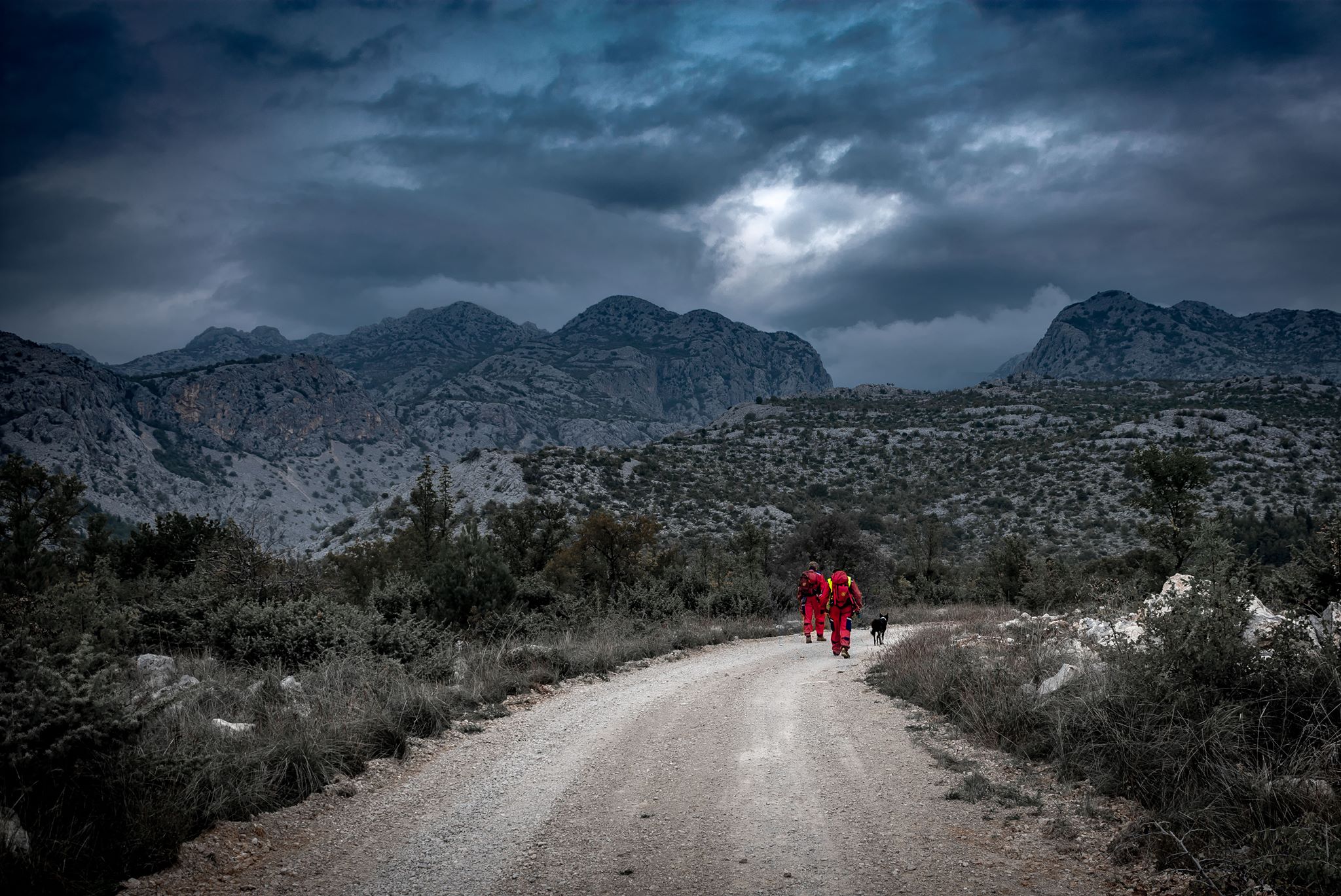
HGSS The Croatian Mountain Rescue Service members entering Paklenica under foreboding skies © HGSS The Croatian Mountain Rescue Service
I've really been on so many expeditions with HGSS. My station are on duty in the season at National Park Paklenica and I'm now the coordinator. Climbers from all around the world come and so there are many interventions. None of them are easy because the terrain is incredibly difficult. You really have to be in shape and know the techniques inside out.
I'm very proud of my statistics. Everyone I've rescued, who was alive when I reached them, is still living today. Unfortunately, not everyone we reach is alive when we arrive.
I remember one time, my husband and I were having dinner. We were arguing about the techniques and knots for moving a stretcher down a vertical climb. The training is so intense, you really have to know it well, and I guess that's just the kind of people that we are, that we would be arguing about it in our free time. Ha! He told me, "Why do you care? You'll never have to do that," because usually, it's really strong guys who do that specific job. If you're on a 400-metre-high section of rock, it really takes a lot of muscle.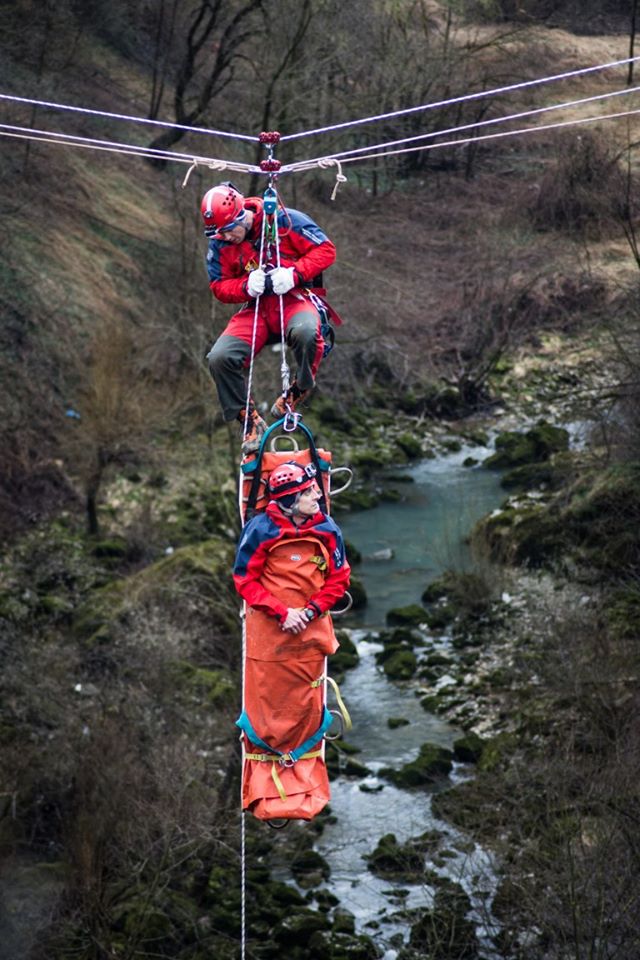
Ascending from a valley floor or descending from a mountain peak with a stretcher is a technically difficult operation, often hindered by darkness and adverse weather conditions. It requires a lot of training and a lot of muscle © HGSS The Croatian Mountain Rescue Service
In the evening, just two days later, we were called out to rescue an Italian guy who broke his leg on Anića Kuk. It's a really mighty part of the stone. And the leader of the expedition asked me to go on the stretcher. They pull you down on the ropes and you have to push very hard to keep the stretcher, the person you're carrying and yourself away from the rock, while balancing the weight of all three. It was dark, raining and with lots of Bura, the incredibly strong wind that sometimes hits us. That's probably my most memorable rescue.
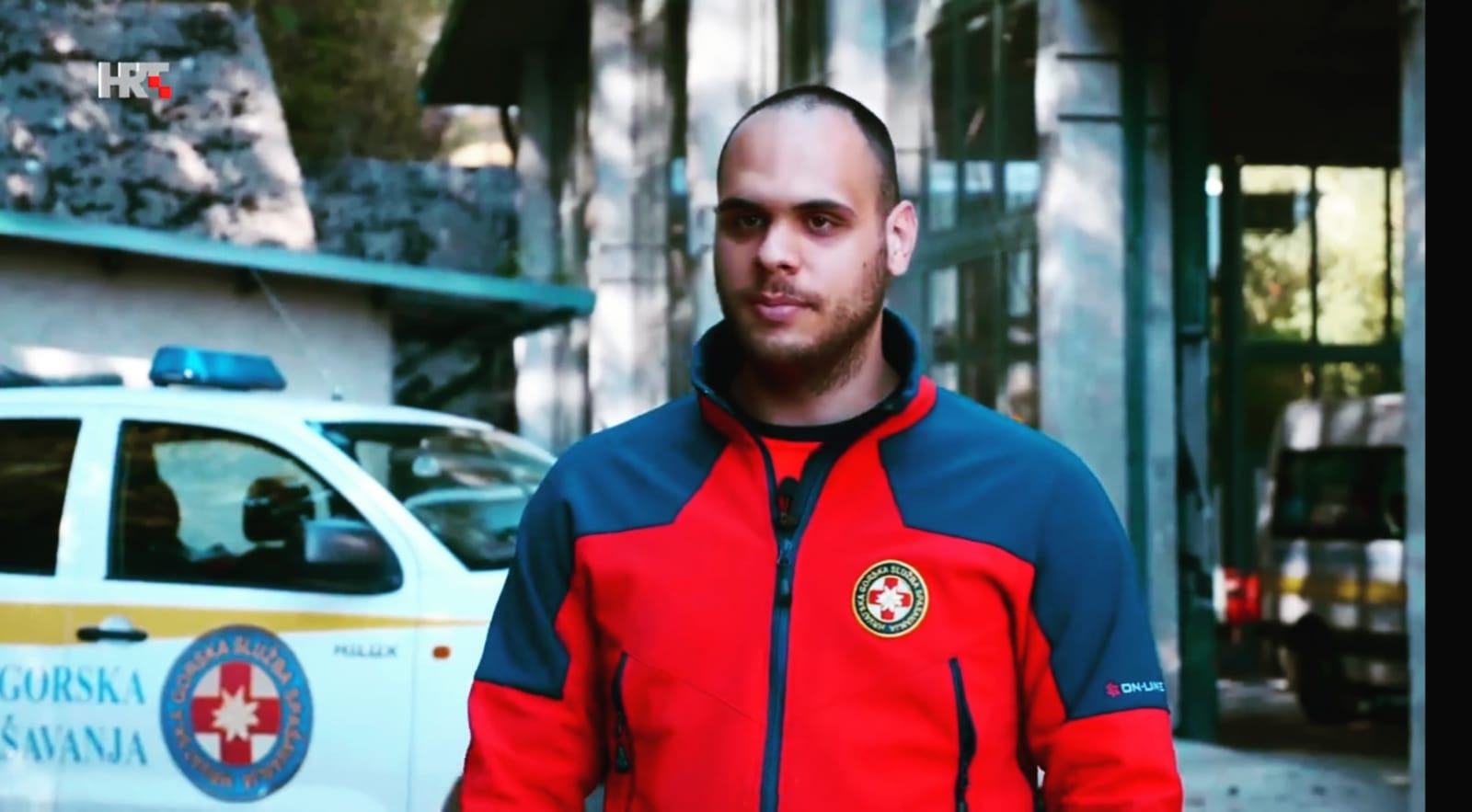
Petar Prpić, firefighter and volunteer for HGSS The Croatian Mountain Rescue Service
My name is Petar Prpić, I'm 25 years old and I'm from Hrvatska Kostajnica, just on the Croatian-Bosnian border. My station is in Novska. In my full-time job I'm a professional firefighter. I guess I have two dangerous jobs. Well, one job and one hobby.
I've always been interested in the outdoors – mountaineering, hiking, canoeing. But, that's not why I joined HGSS The Croatian Mountain Rescue Service. I just wanted to help people. I don't know, I guess it's just something in me.
We have a lot of rivers in our area. During the times of flood, we get a lot of call-outs. Our part of the country has a high percentage of elderly people in the population. A lot of them live in small villages, on the edge of the forest. We get a lot of call-outs for searches. Especially in the autumn when people go out looking for chestnuts or mushrooms. But, like all the stations in Croatia, we are here year-round if there are any actions in other parts of the country that need us.
In some areas, HGSS The Croatian Mountain Rescue Service are frequently called out in response to flooding. This picture shows HGSS members on operation during the 2014 floods. In that year, flooding across the whole region was so bad that HGSS members operated not only in Croatia, but also donated their services to neighbouring Bosnia and Serbia © HGSS The Croatian Mountain Rescue Service
I was just on the search in Biokovo. The head of service called me and asked me to go. I first had to get some free days from my job. I called my boss, Zvonimir Ljubičić, chief of the fire department. He's great, very understanding, and he gave me permission. Two years ago I was called to Rab. Very hard operation, very difficult terrain.
Late last summer, we were called out to look for an older man near Glina. It was around 11 o'clock in the evening. He'd gone to look for mushrooms in the afternoon and never came back. Police were there and they sent for us.
The man had a cell phone on him, but there was no signal. There was no location given off the phone. We were a team of four, split into two teams. We went up into the woods above Glina and concentrated our search on areas where we could see there was no telephone signal on our phones. We were yelling in the dark. After an hour of search, someone answered. He'd been missing since 2pm. We found him at 2am. He was just lying there, uninjured but unwell, unable to move.
The reason it sticks in my mind is that the next day, in the morning, his daughter called me. She was so thankful, so emotional. For sure we saved his life. None of the other emergency services who were present could find him. It was down to us. We finished the operation at about 6am and then all four of us had to go immediately to our regular jobs.
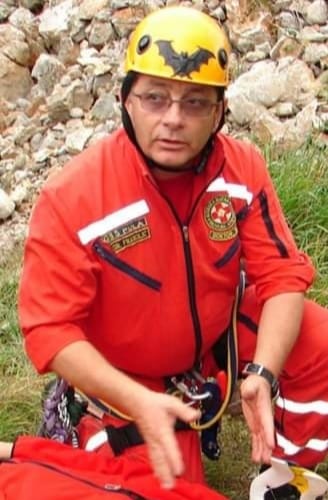
Mario Franolić, physician, ex-commando and volunteer for HGSS The Croatian Mountain Rescue Service
My name is Mario Franolić and I'm 60 years old. I'm the chief of the mountain rescue service in Istria. I travel throughout Croatia because I'm also an instructor for the medical commission of HGSS. I was born on island Krk. I'm based in Pula although I work in Rijeka. I travel a lot between the two. I've been with HGSS The Croatian Mountain Rescue Service for 18 years.
In my day job, I'm a physician. I am a senior mentor at the Institute for Underwater and Hyperbaric Medecine in the Clinical Hospital Rijeka. I'm an expert in my field of emergency medecine. I've been doing it for almost 30 years.
When I was young, I trained to be a physician in Belgrade. It was then the best medical faculty in Yugoslavia. At the same time, I also started spelunking (cave exploration). I've been doing it since 1978. Later, I was a physician in the military underwater commando unit. I lived in Austria for five years, but when I came to Pula, they were just starting the HGSS The Croatian Mountain Rescue Service station here. They asked me for help because they didn't have any medical professional on the team. I accepted. It would be a waste not to use all these skills I have.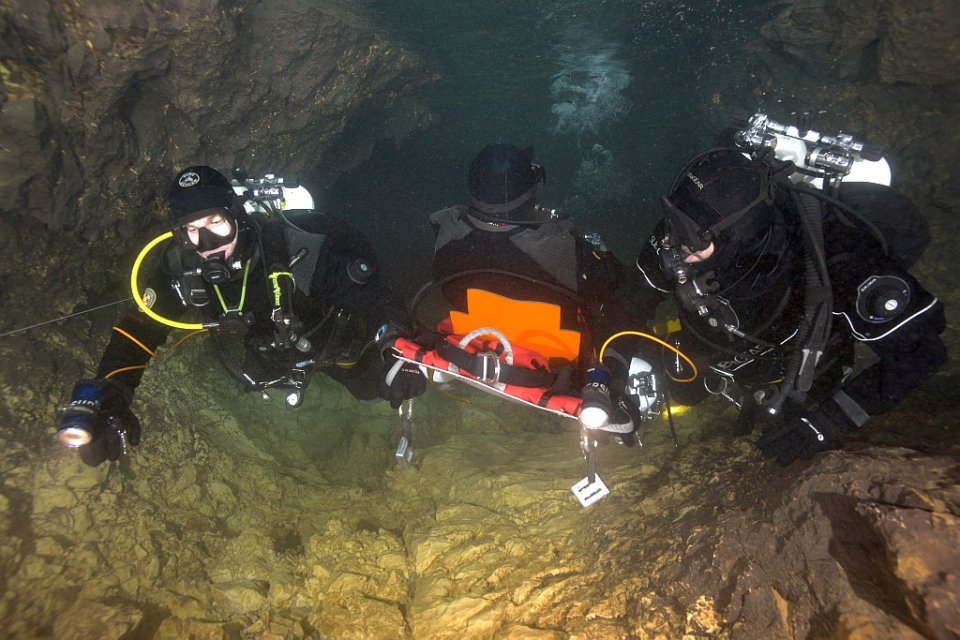
Specialist teams from HGSS are trained in underwater rescue from caves. Such caves exist all over Croatia in the karst rock, and also on some islands © HGSS The Croatian Mountain Rescue Service
Sometimes, our status as volunteers can give us problems. Although we have official duties, we are more like an NGO than something like the police. There can be legal implications. I remember one situation, very acute because a paraglider fell from the sky. None of his colleagues saw him fall. Paragliders go into the air together, but then they each branch off to do their own thing.
We had no idea about the location. We started from the last point of sighting, knowing that it could be very far from the place where he actually fell. But, we had to start somewhere. We had one mobile phone signal direction. But, you need three in order to locate someone. We only had a line on the map.
In the past, HGSS The Croatian Mountain Rescue Service sometimes had difficulties because the telephone companies wouldn't give us the information we needed in order to triangulate the position of a missing person. They would only give it to the police. But, it's a race against time. We searched for this man all day and all night. In the morning, some Croatian paragliders made private contact with a guy from the phone company. They begged him to release the information we needed. Although he could lose his job, giving such information to private citizens, he did it.
We found the man about 150 metres from where we were. Sadly, he was already dead. It was very small comfort to see that he had died instantly, on impact. It's unbearable when you reach someone you could have saved if only you had got there quicker, especially in an instance such as this, where we were hindered by a lack of information that was available. I think it moves more quickly now, but still we have to go through the police.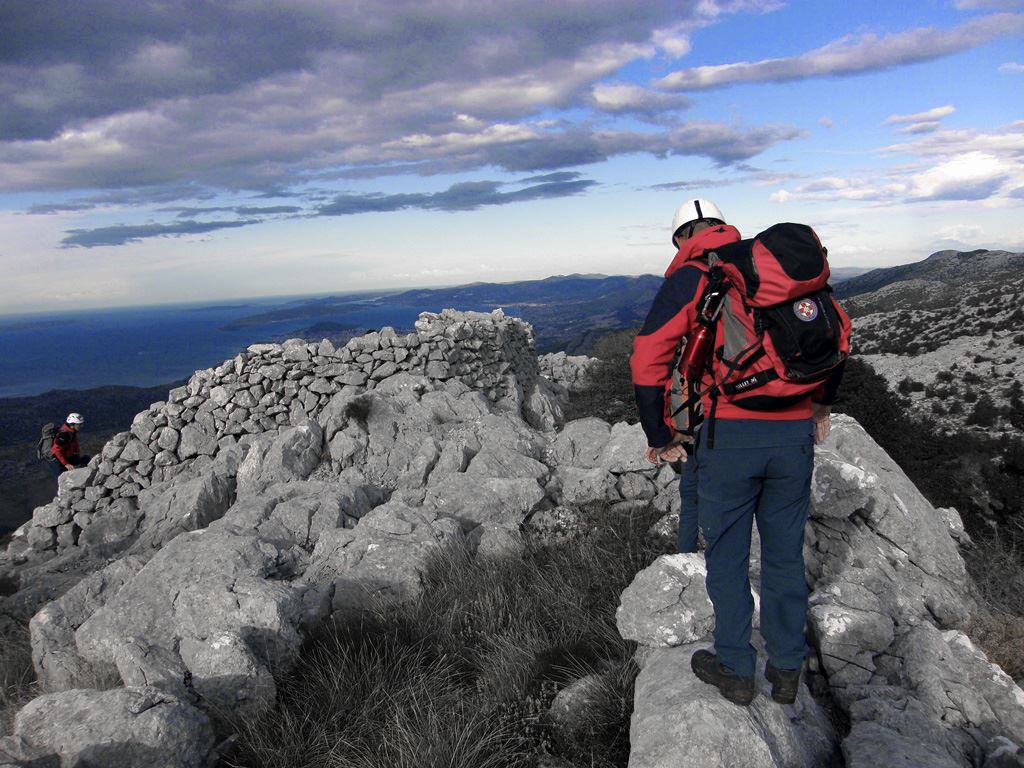
© HGSS The Croatian Mountain Rescue Service
One of the most emotional operations I went on was around five years ago, the rescue of a young girl - maybe two and a half to three years old – who got lost in the woods in a small place in central Istria. She chased into the forest after some dogs around 10 or 11 in the morning. The family saw immediately that she had disappeared and started to search. About two hours later, we were called out. It was impossible for the family to find her.
About 300 people came – my station, the Rijeka station, hunters, firemen, police and volunteers. In such an operation, the police are the lead service. But, 99% of the time they leave the organisation of the search to HGSS The Croatian Mountain Rescue Service. We are the only organisation who is very well educated in organising searches. When other people do searches, they use intuition. But, people all have different intuition. It can be chaotic. We are highly trained for this. There are procedures, recognised internationally, that we follow. We found her early in the morning, at around 7 o'clock. The dogs were lying on each side of her, giving her warmth.
All photos courtesy volunteers and HGSS The Croatian Mountain Rescue Service
Thunderstorm Hits Karlovac Area, Istria
ZAGREB, Aug 4, 2020 - A thunderstorm hit parts of Croatia on Monday evening, with the area of Karlovac, south of Zagreb, and the northern Adriatic region of Istria being the most affected.
The storm, which was accompanied by hail, with hailstones the size of an egg, caused damage to roof tiles and cars and knocked down trees, prompting calls to local firefighters to help remove the damage and protect property.


